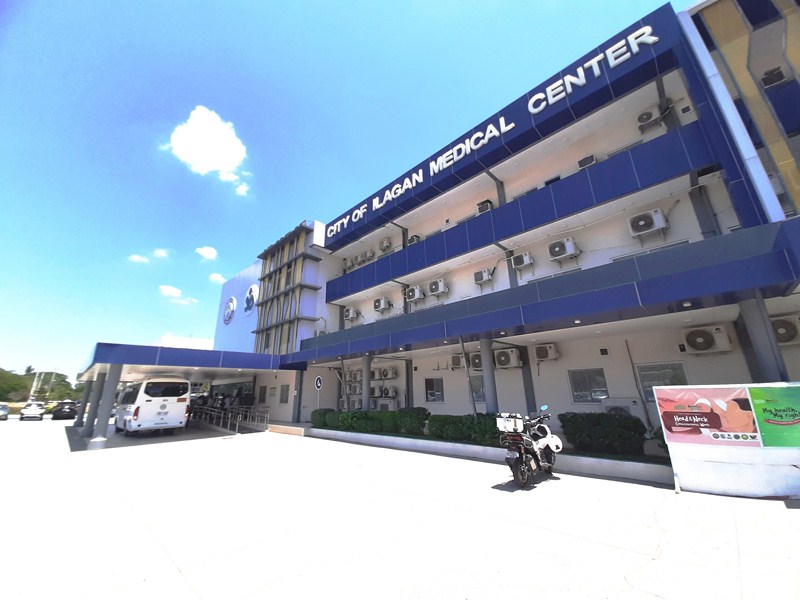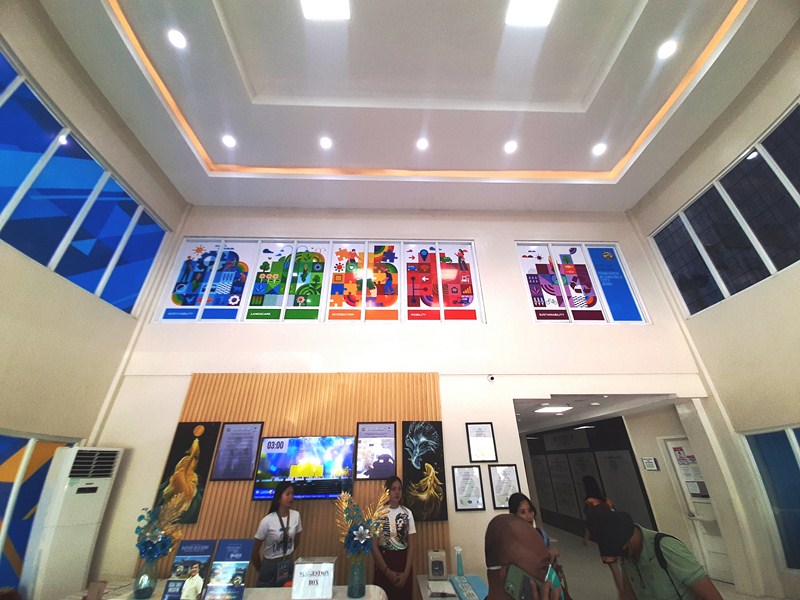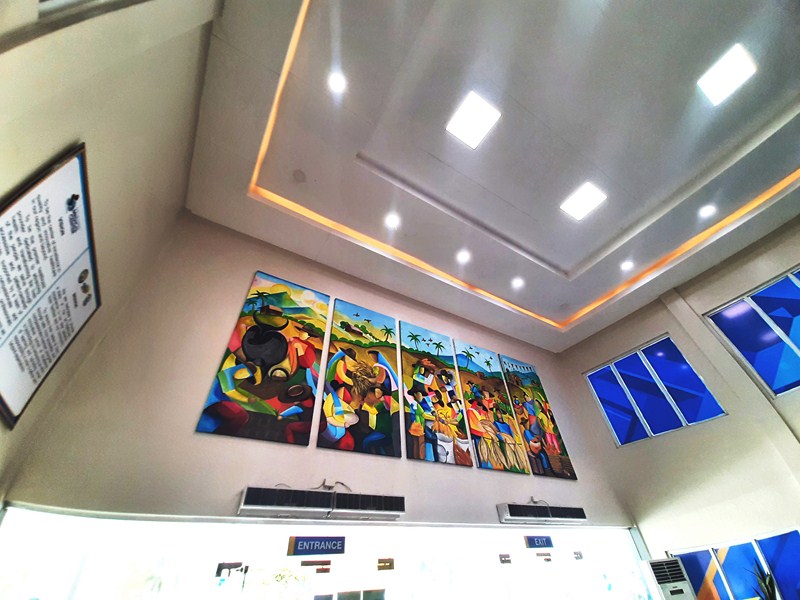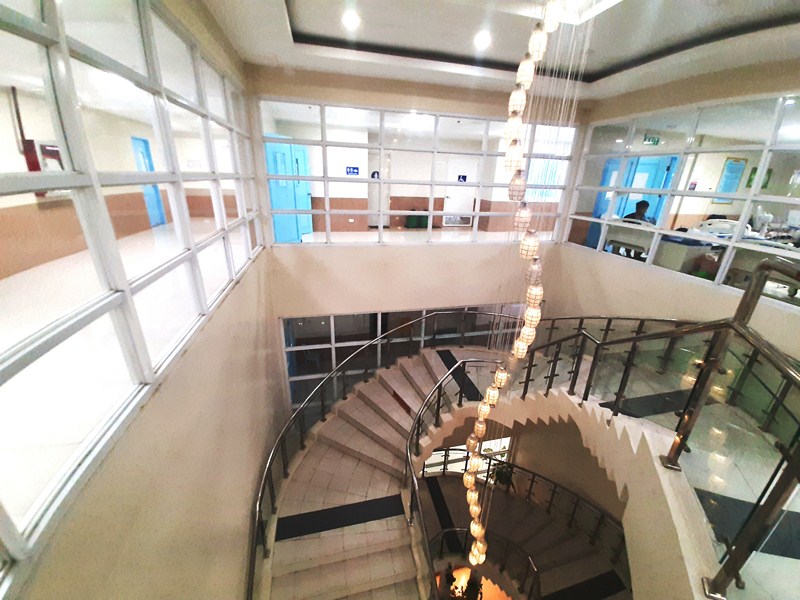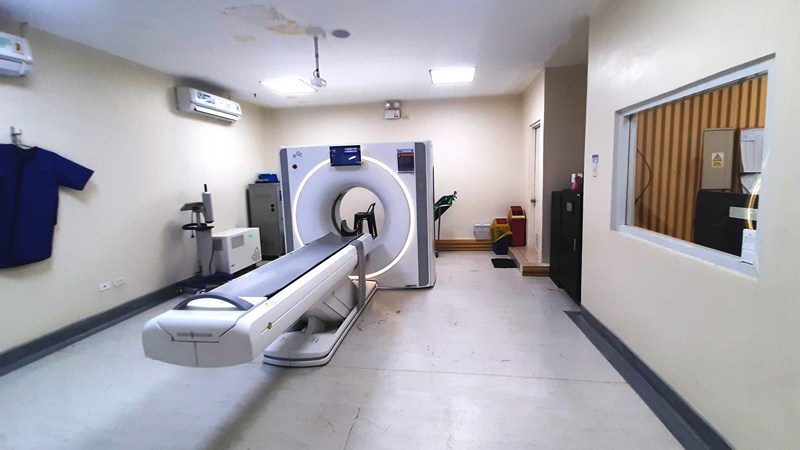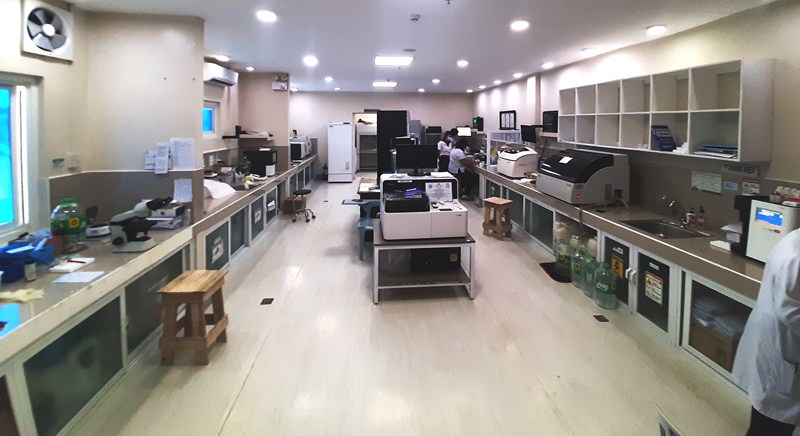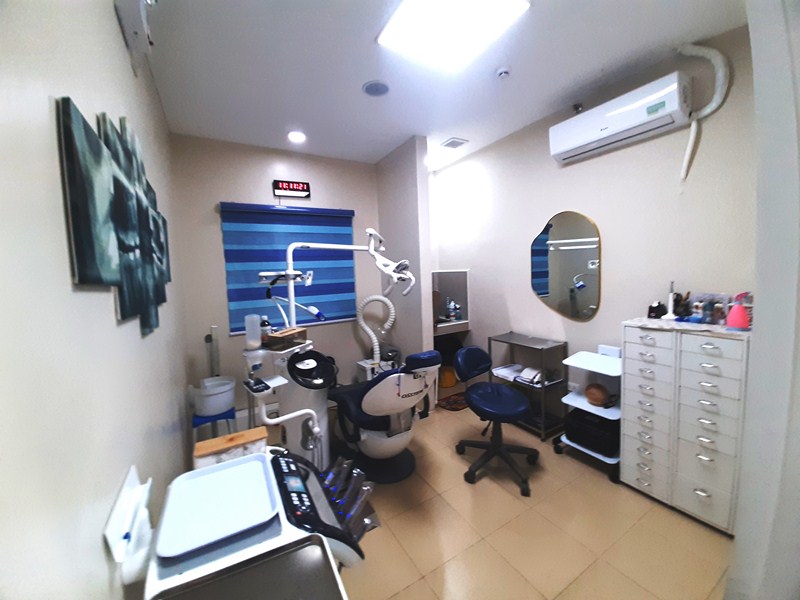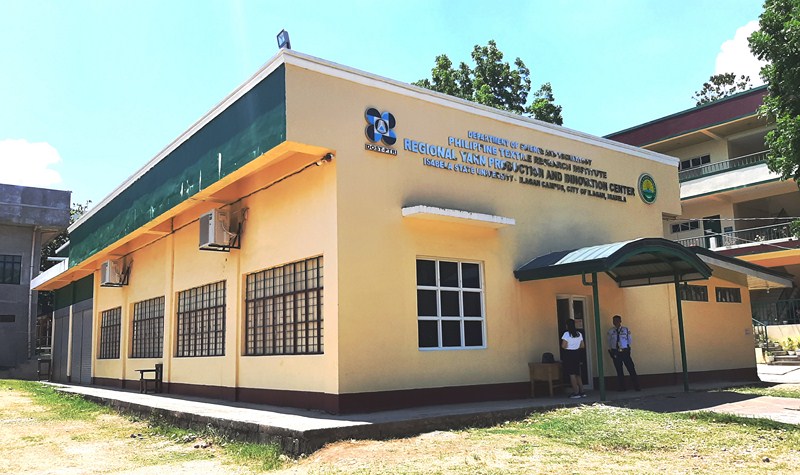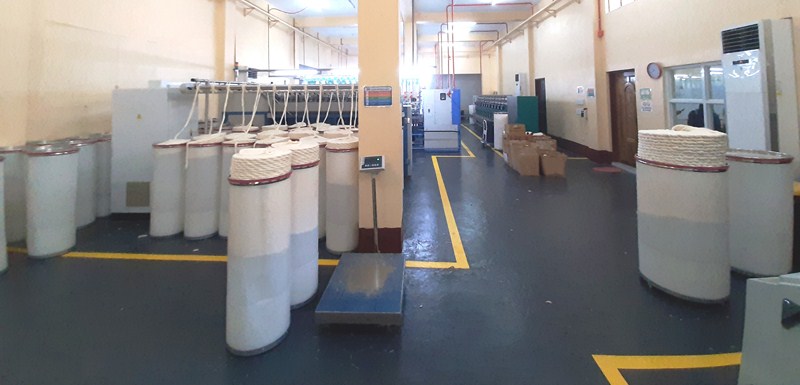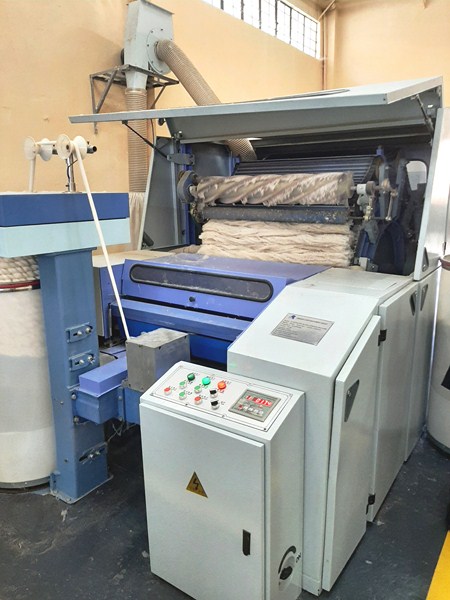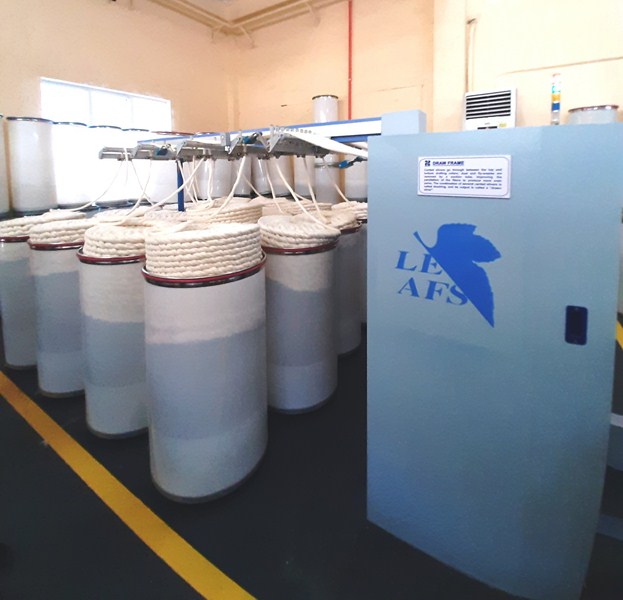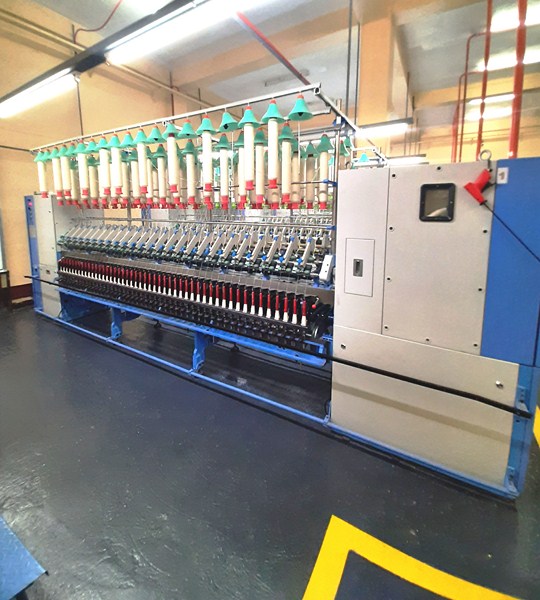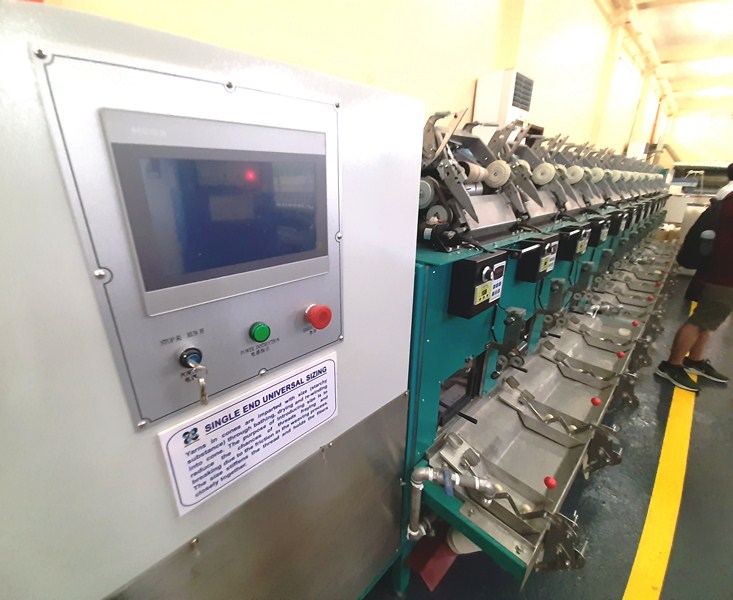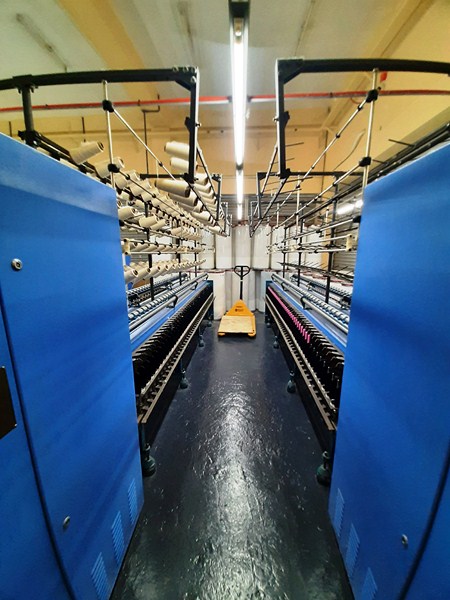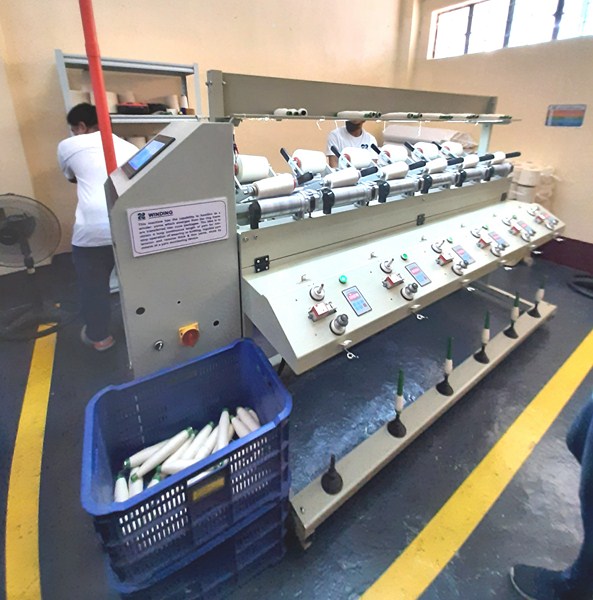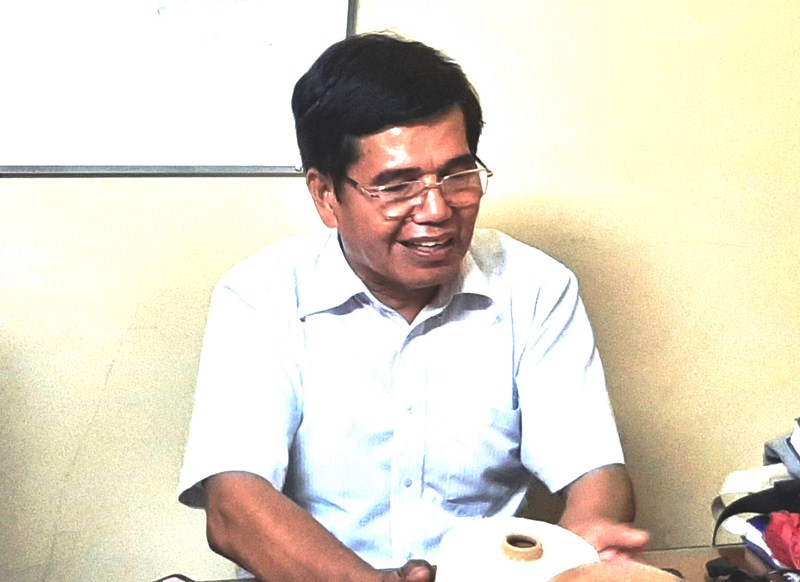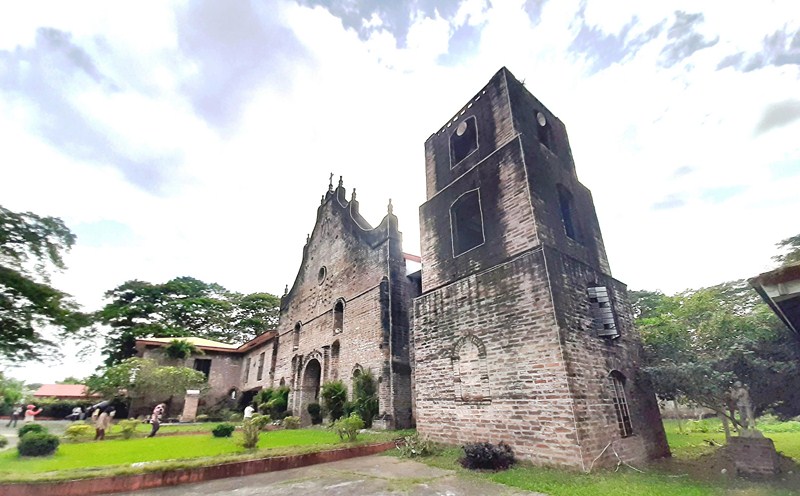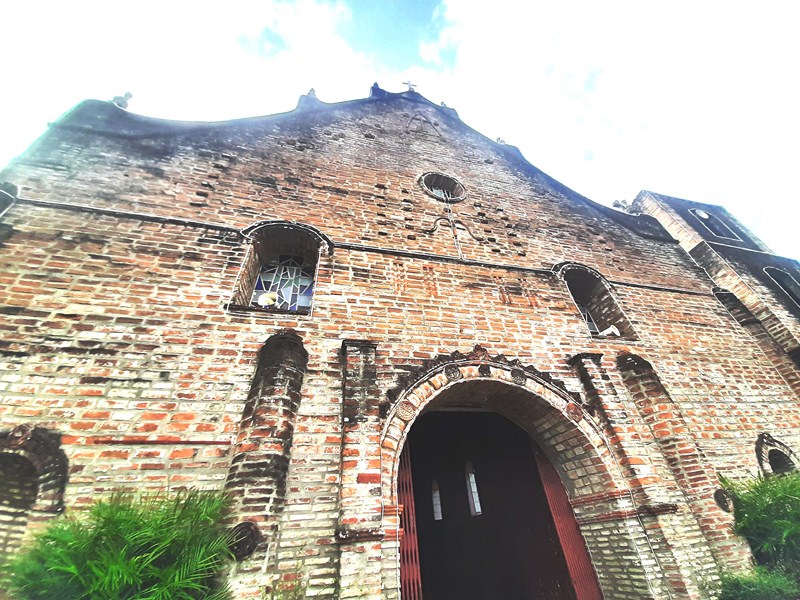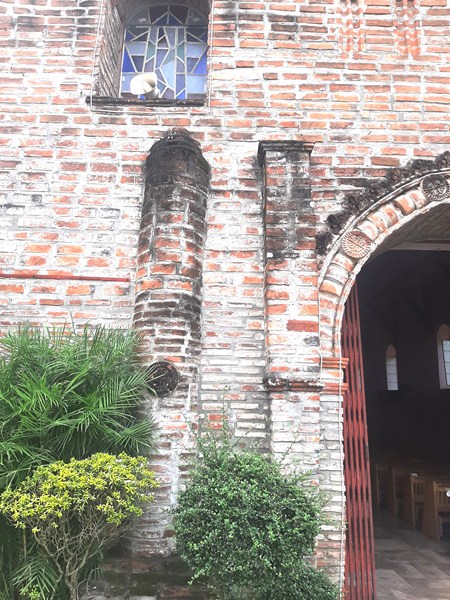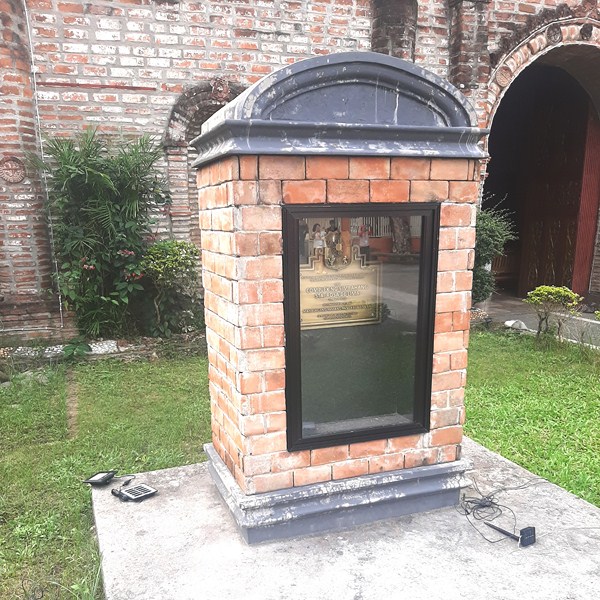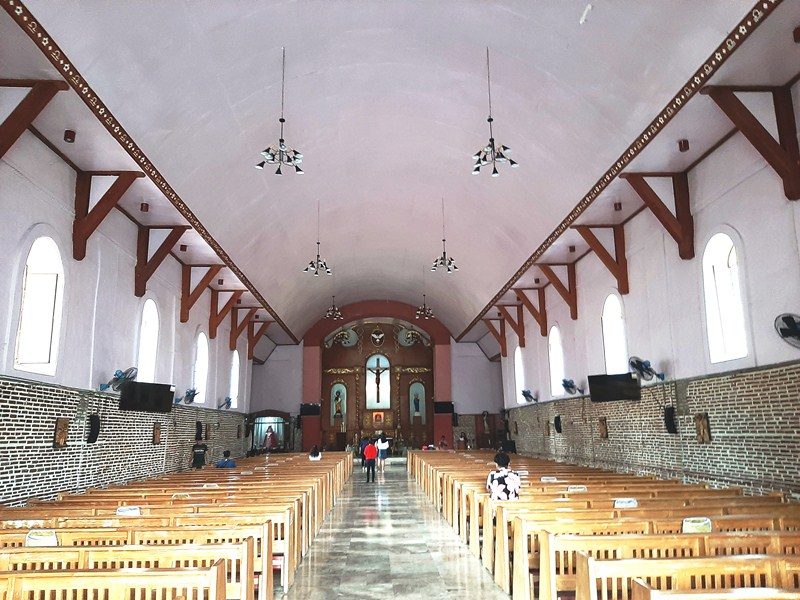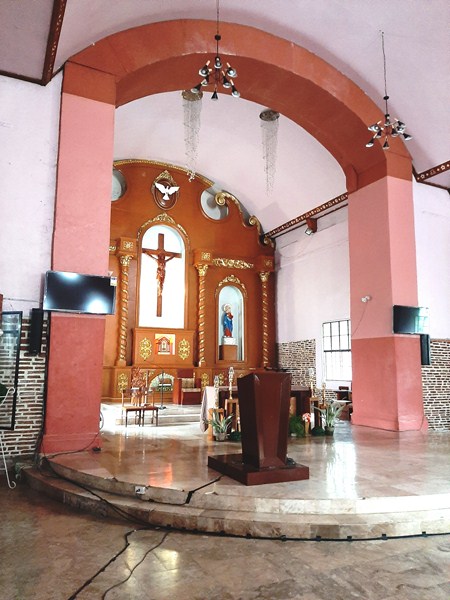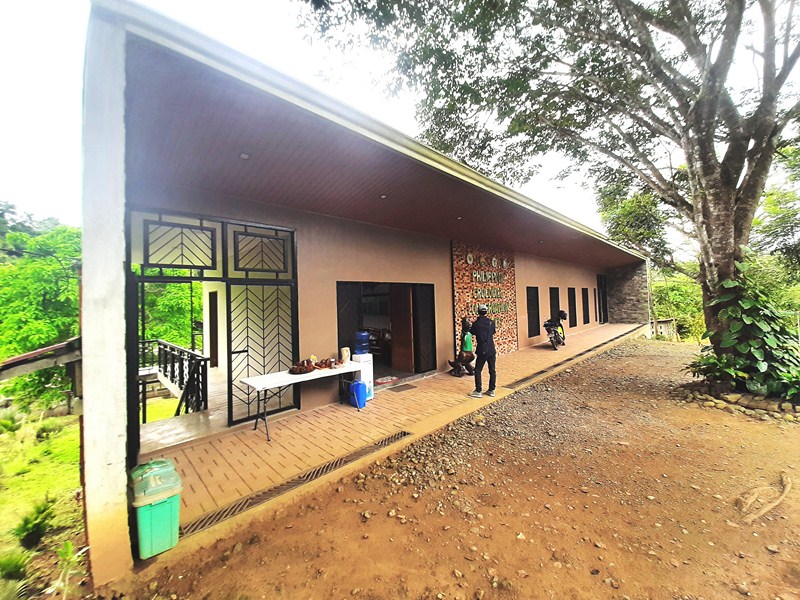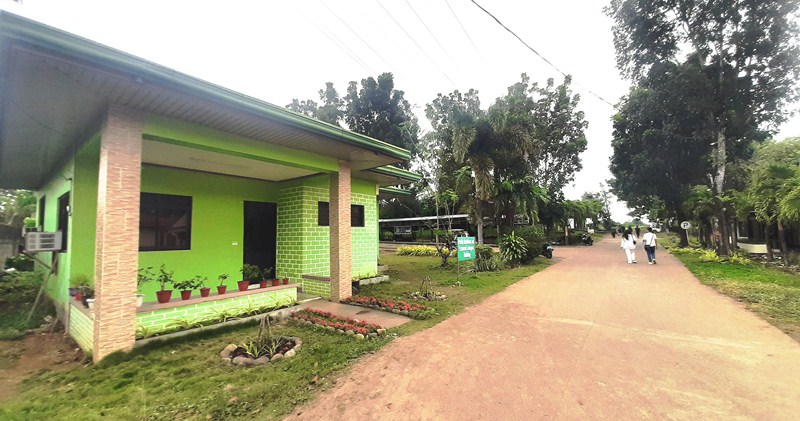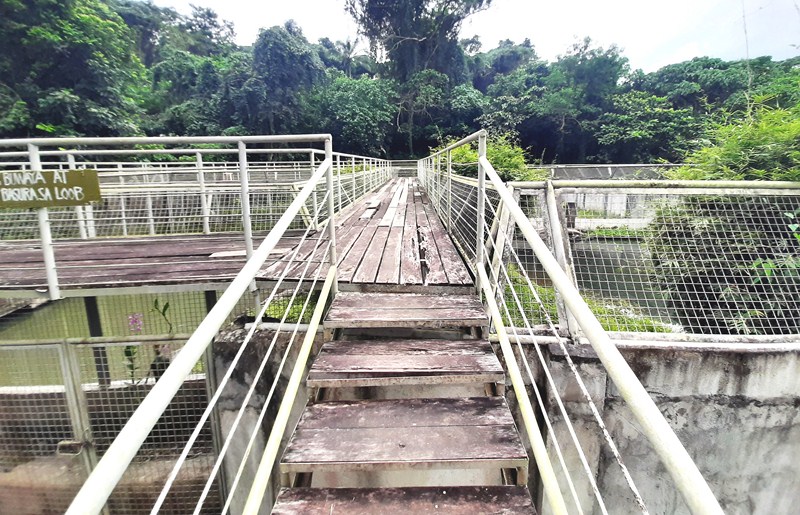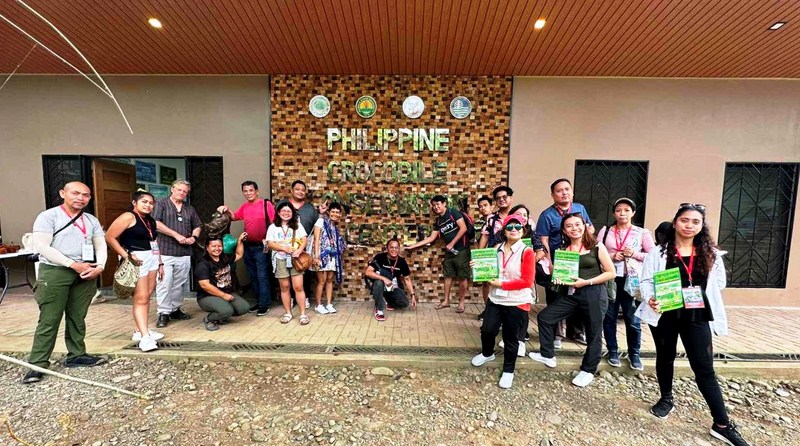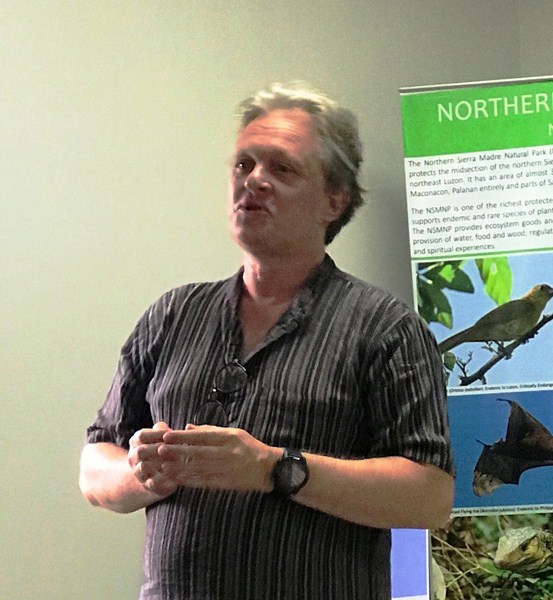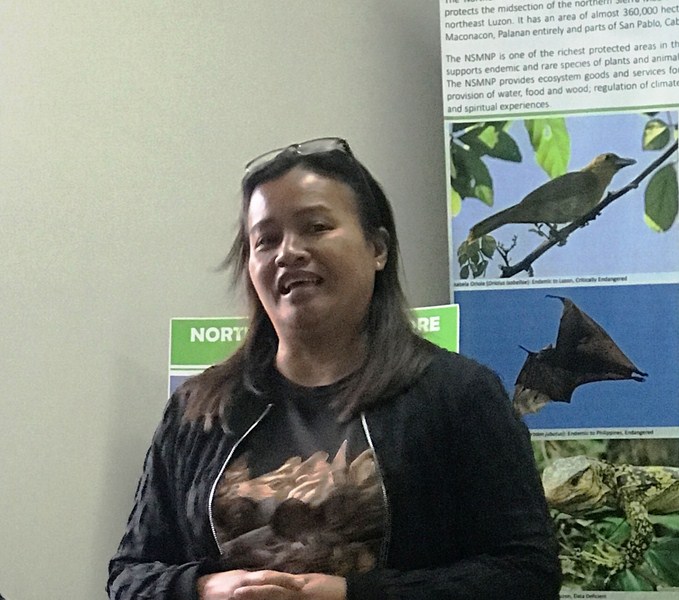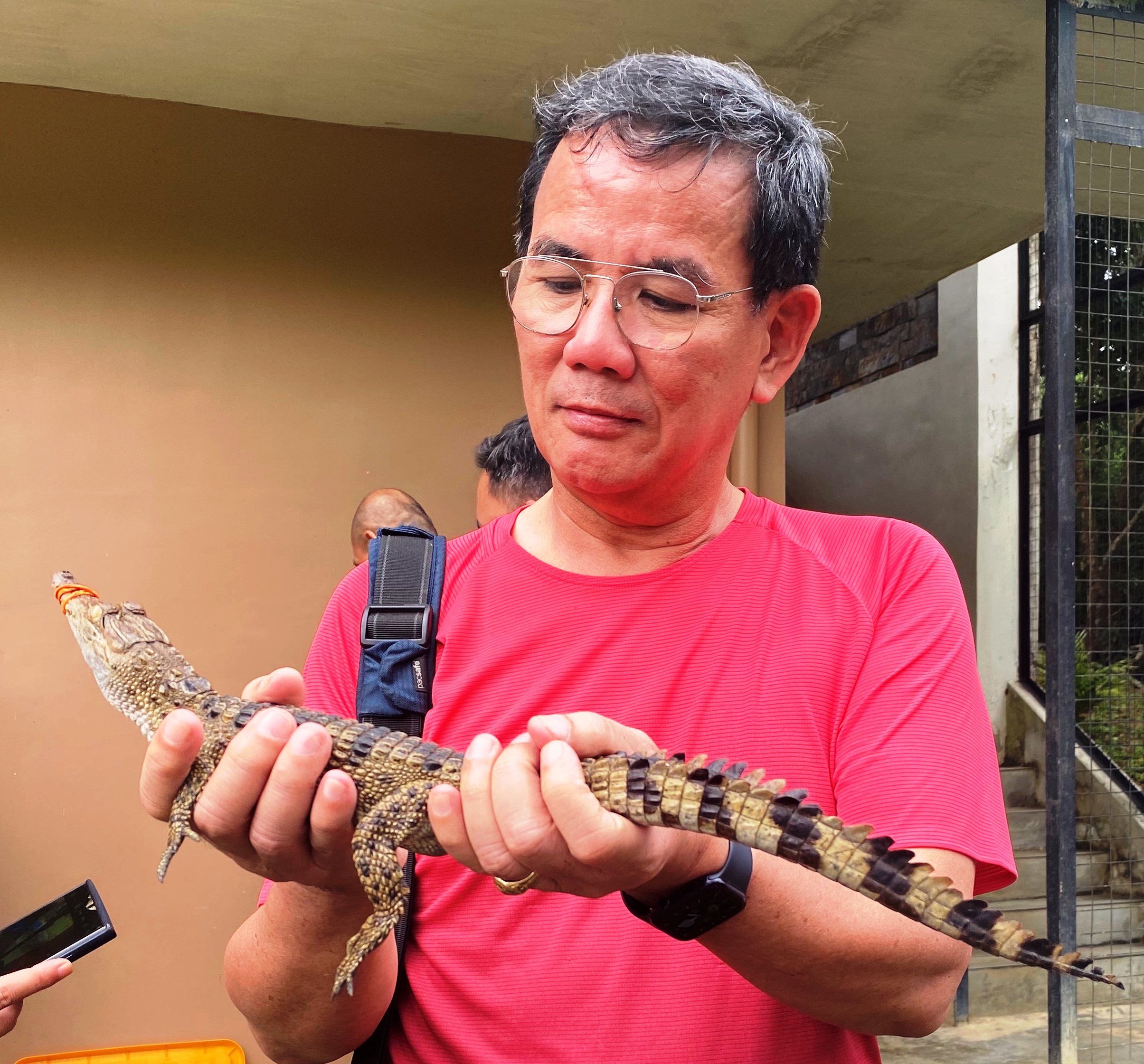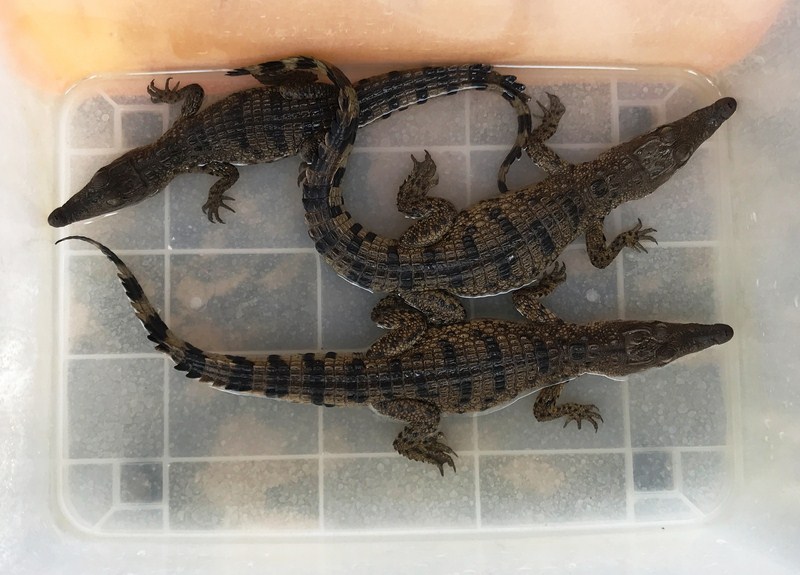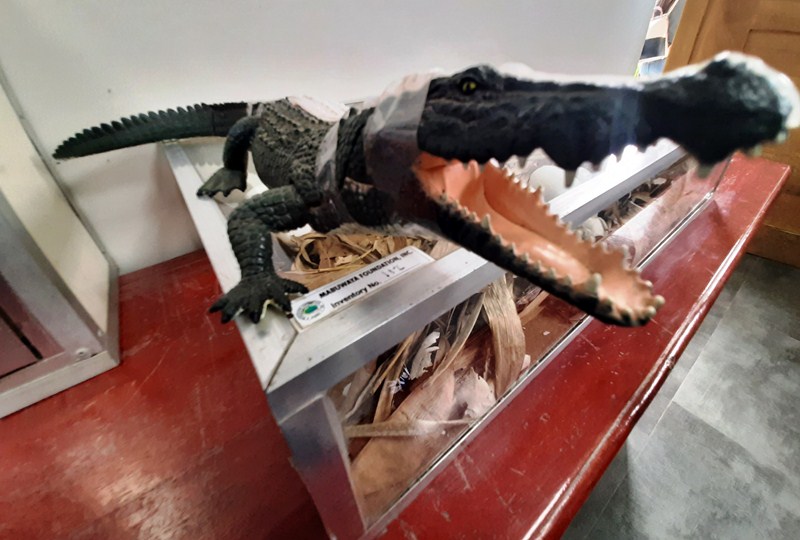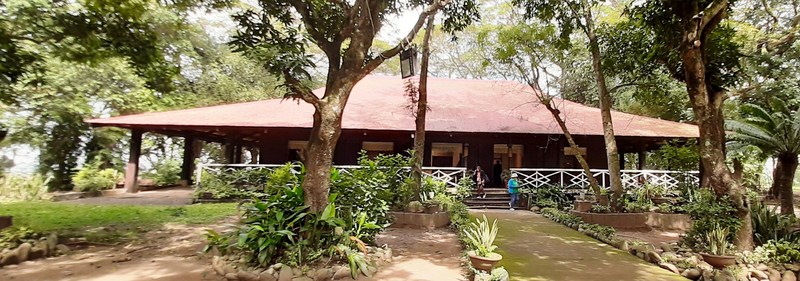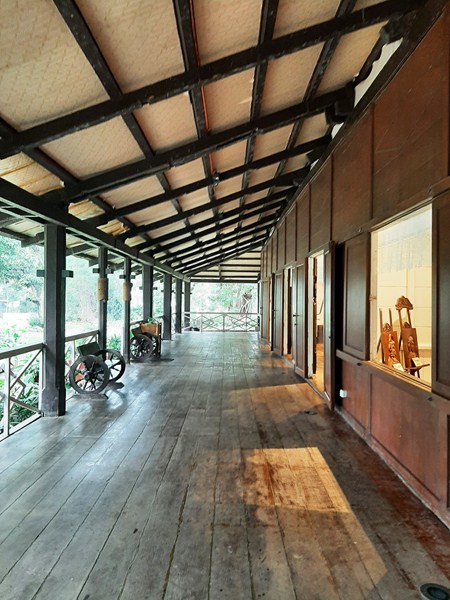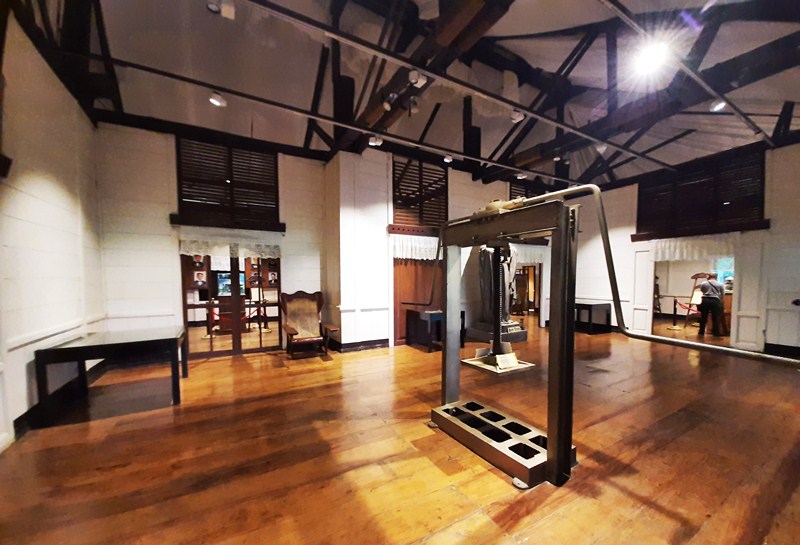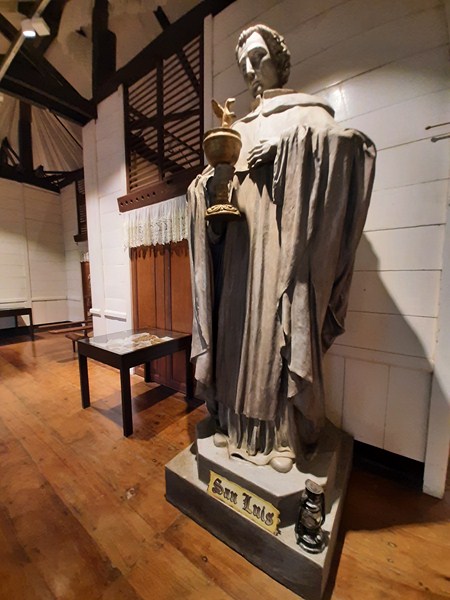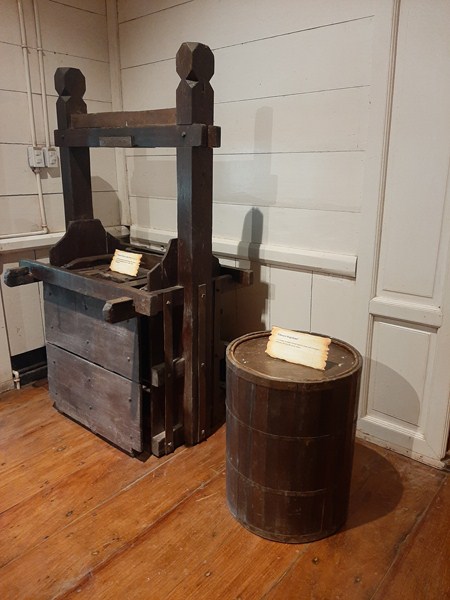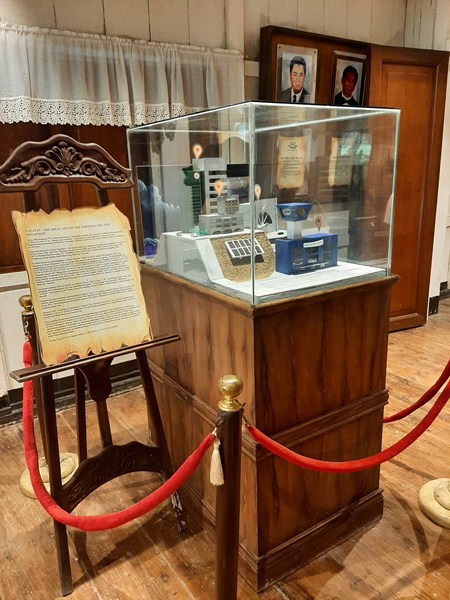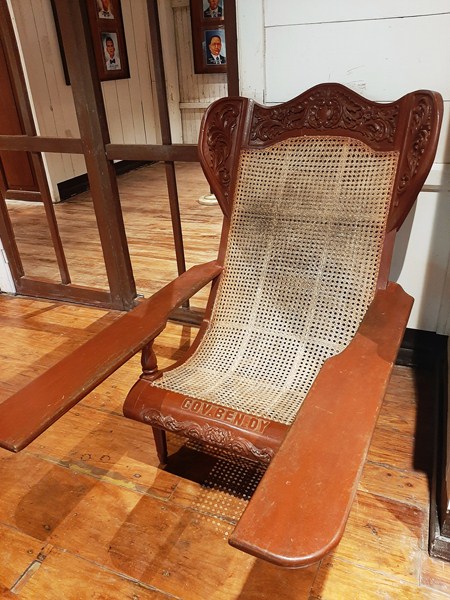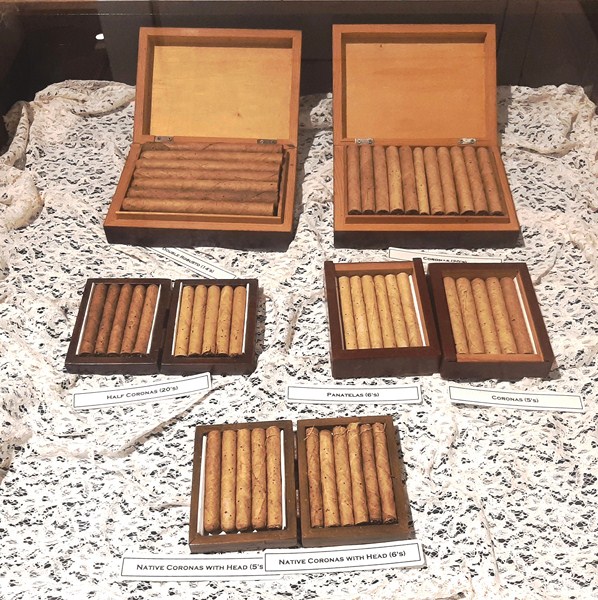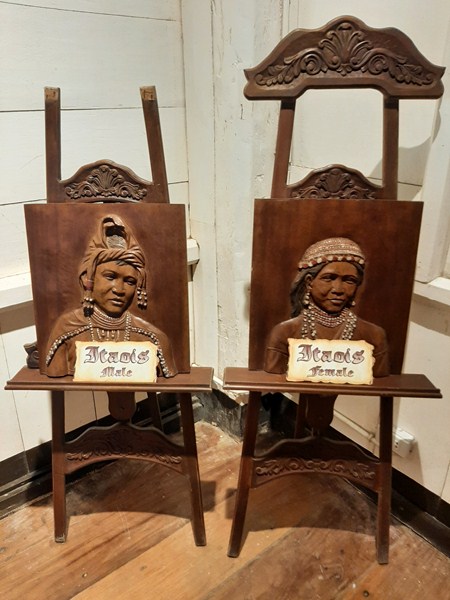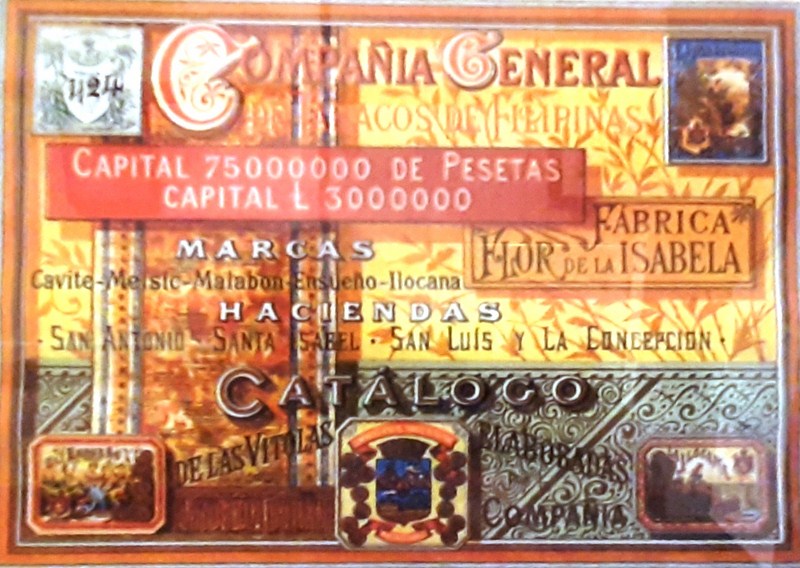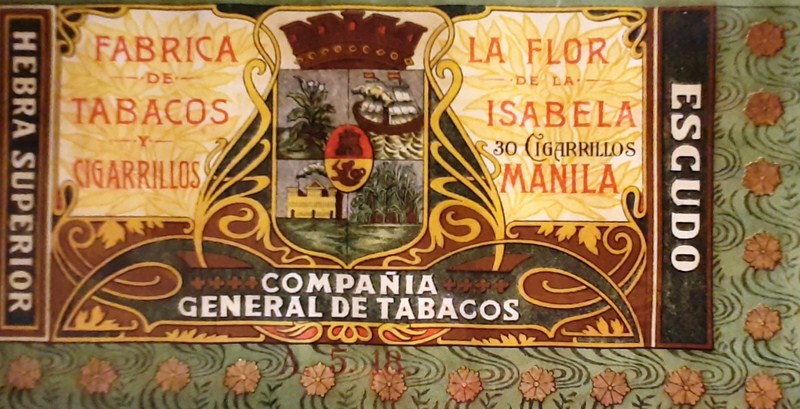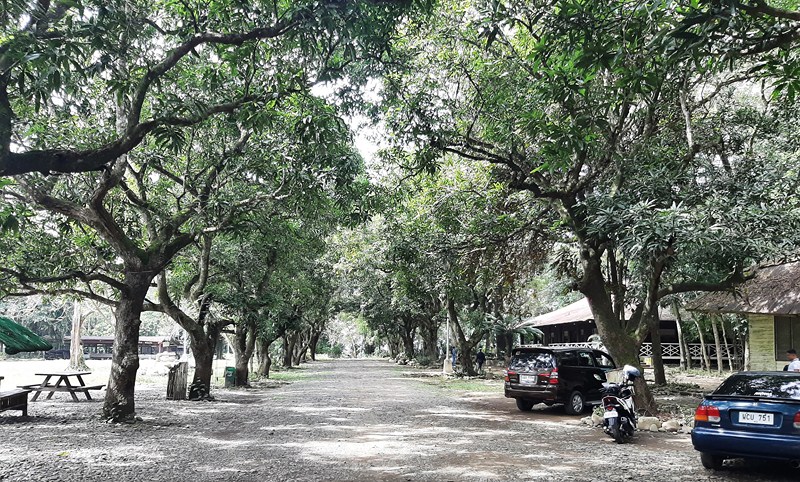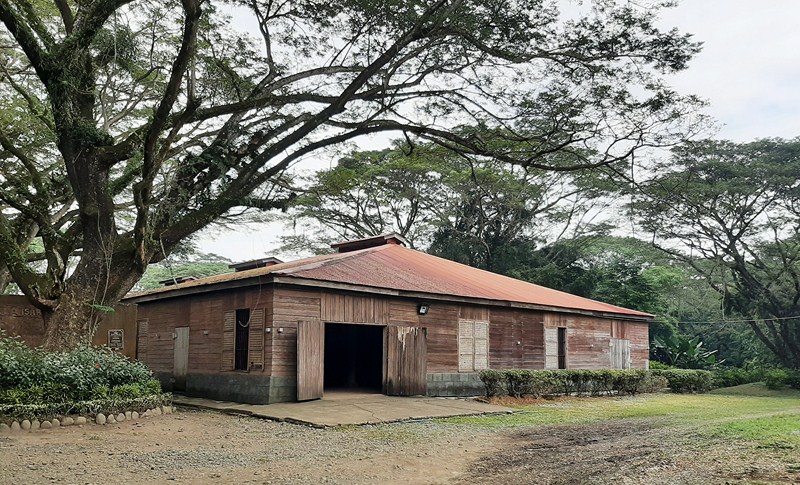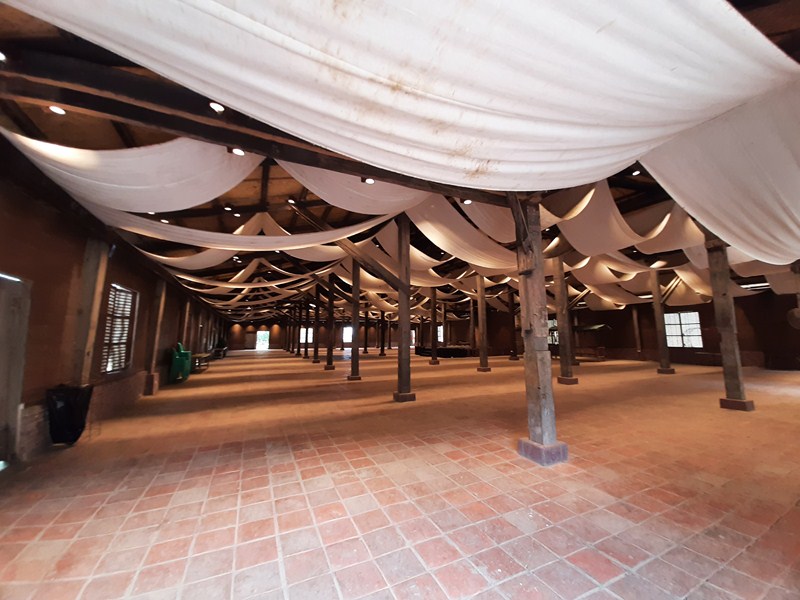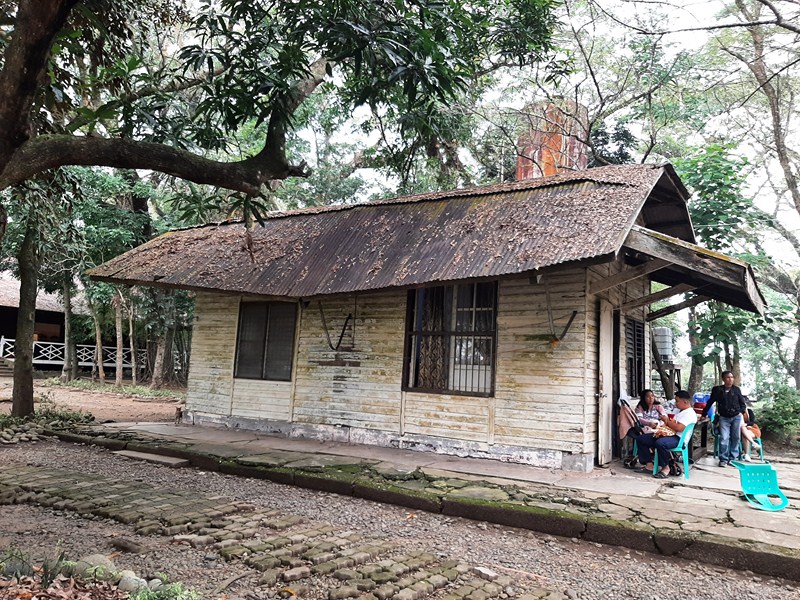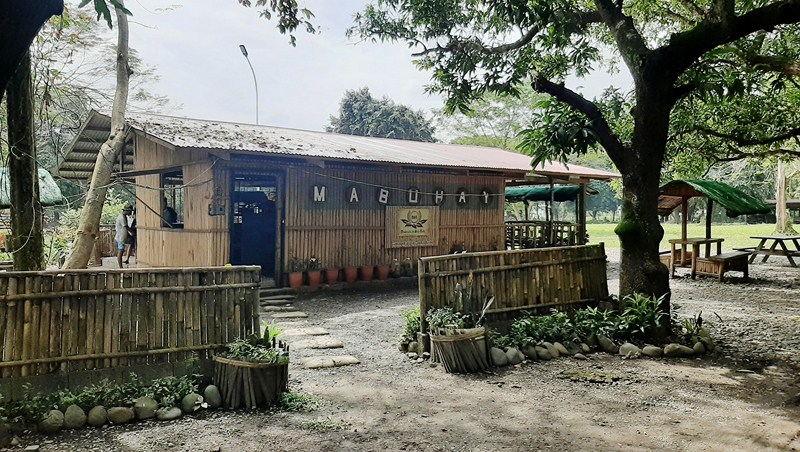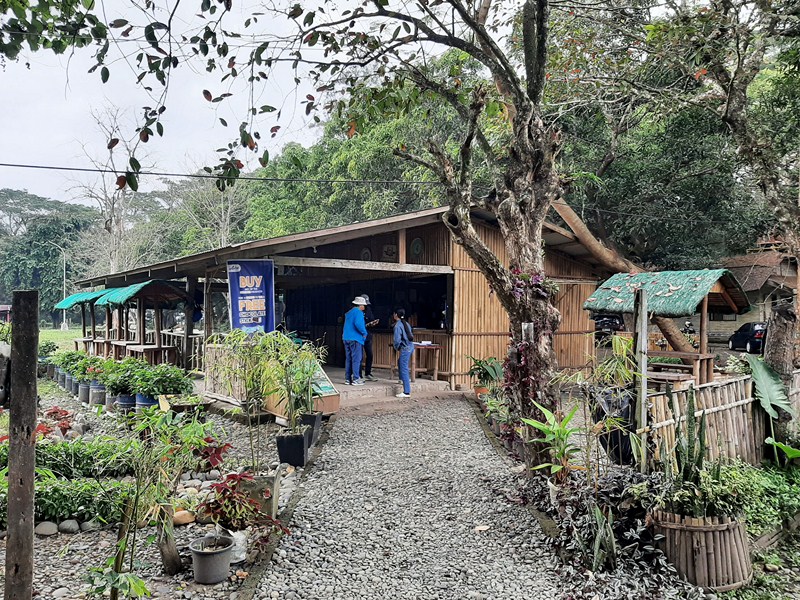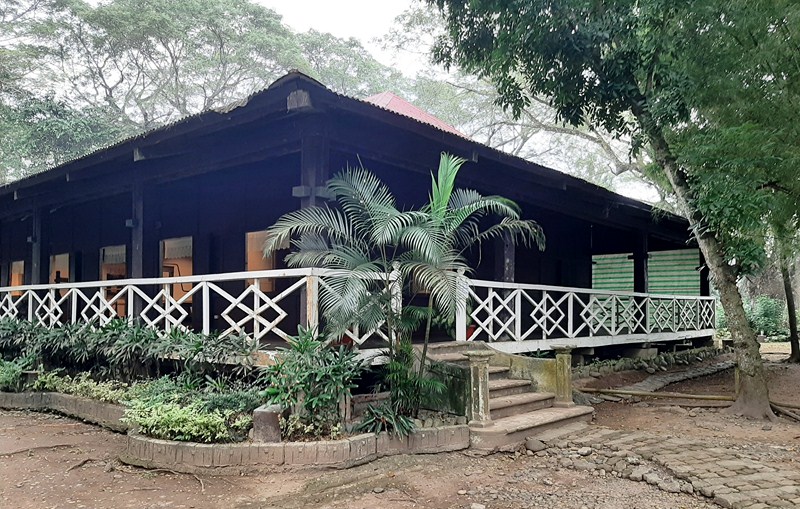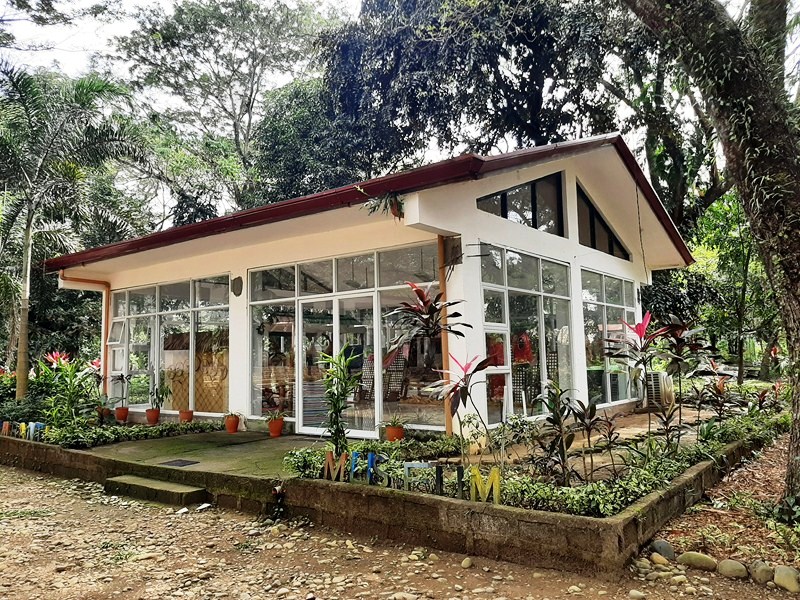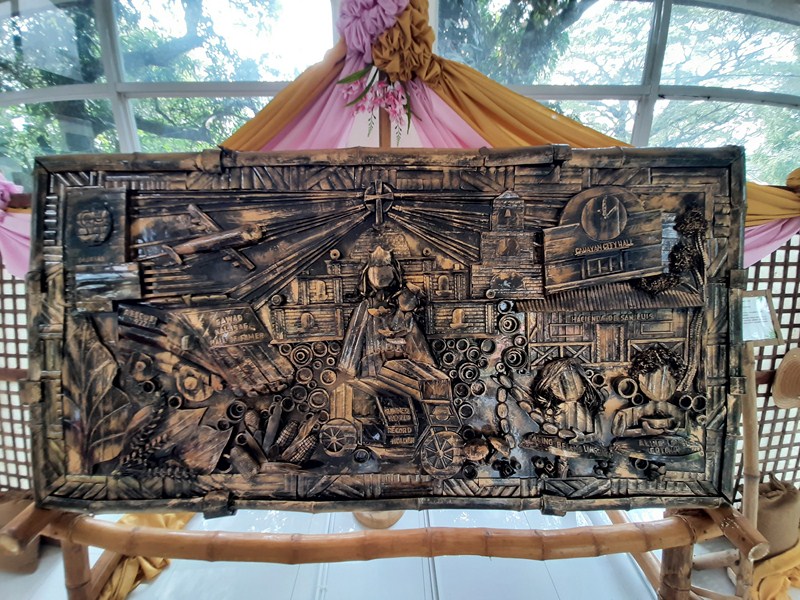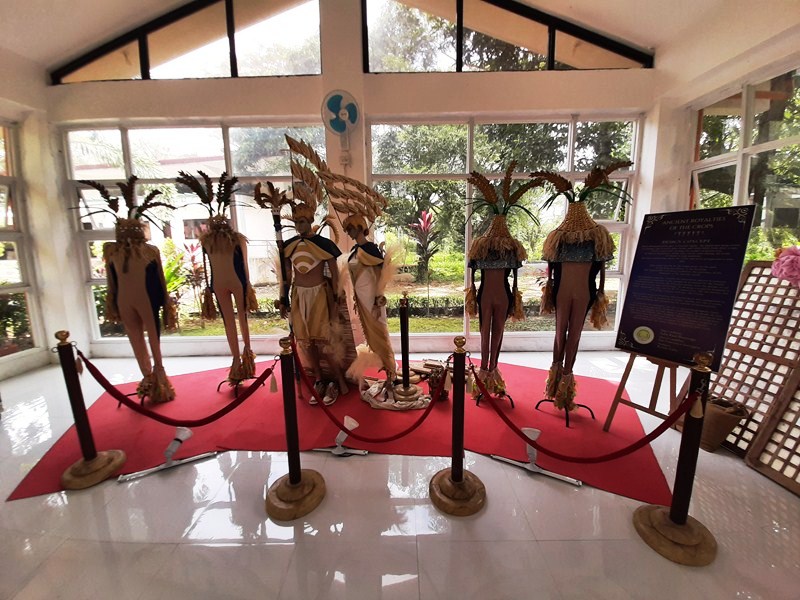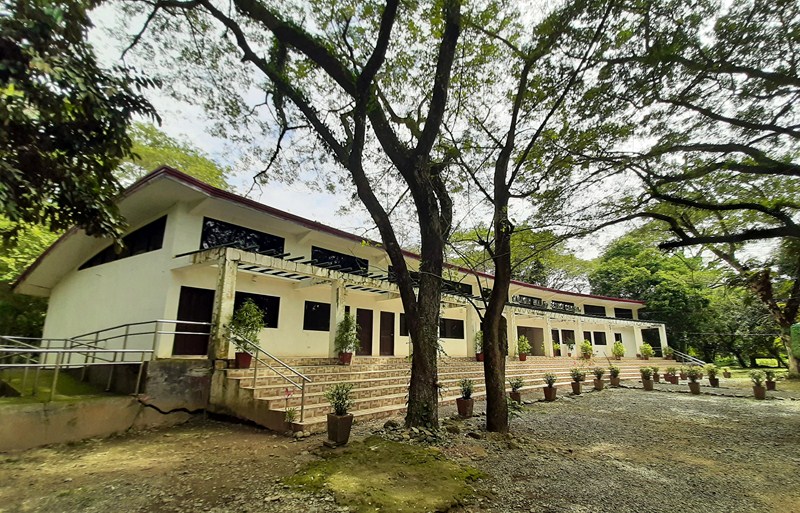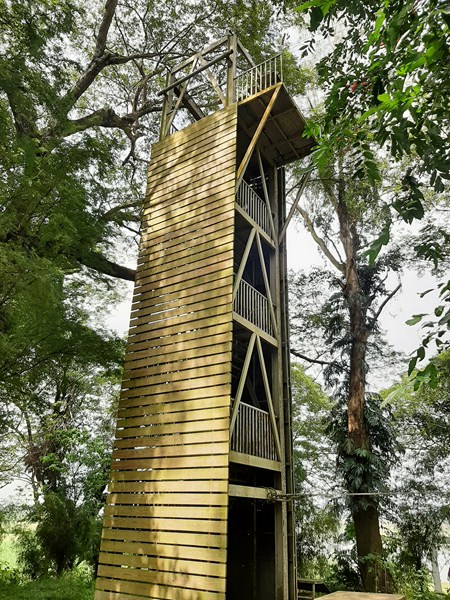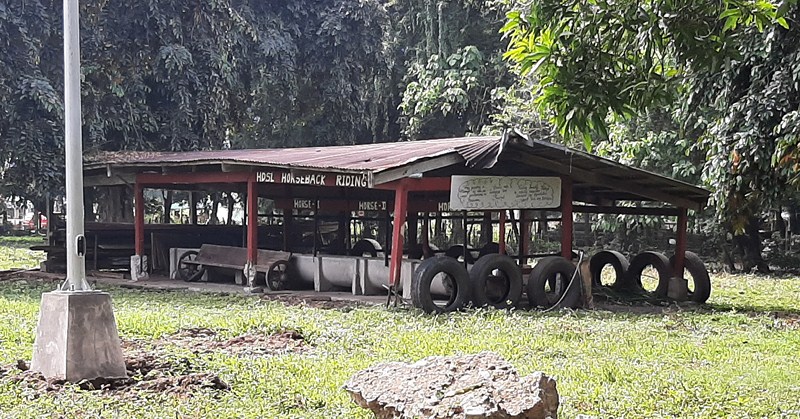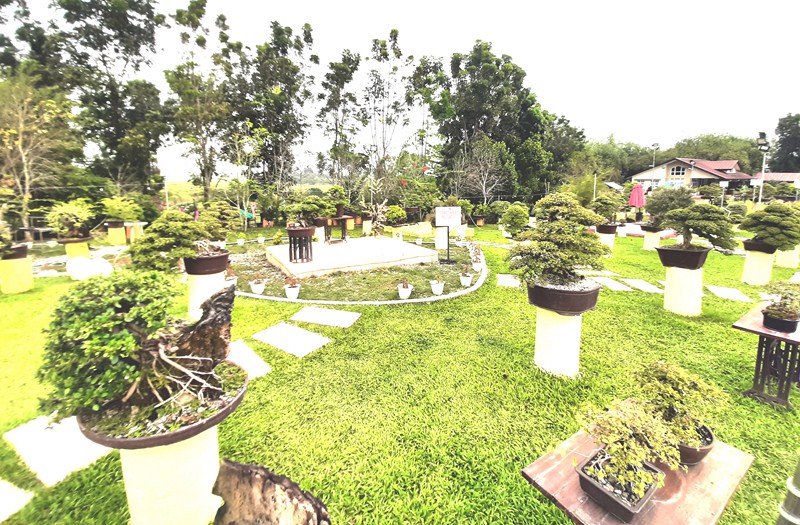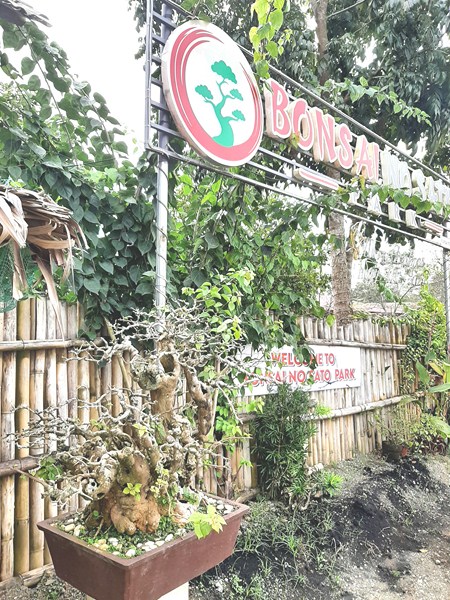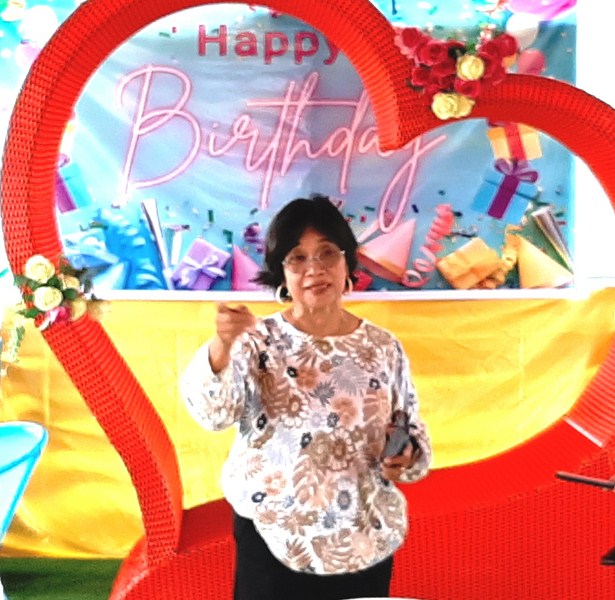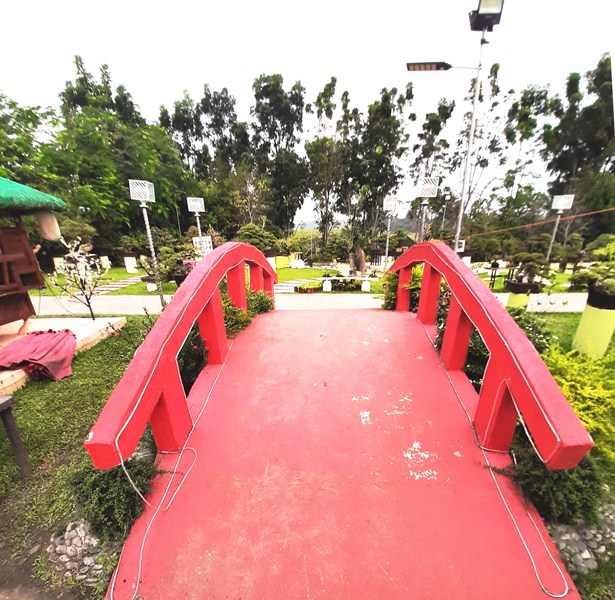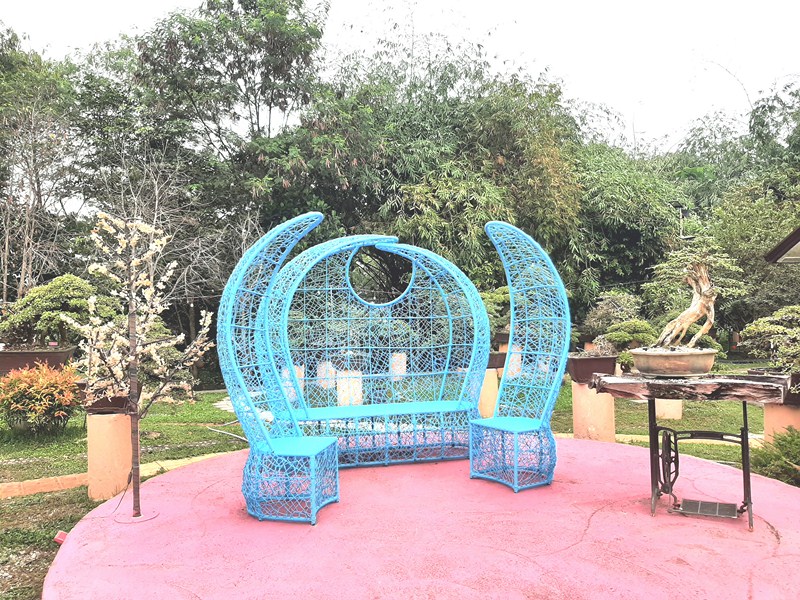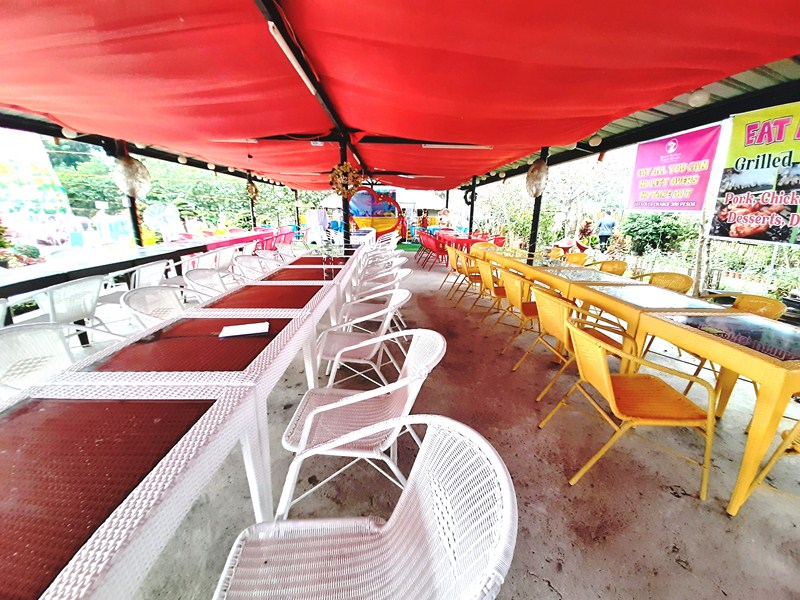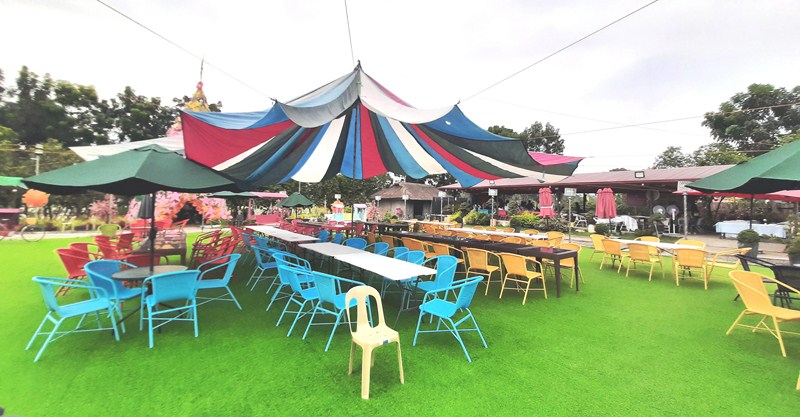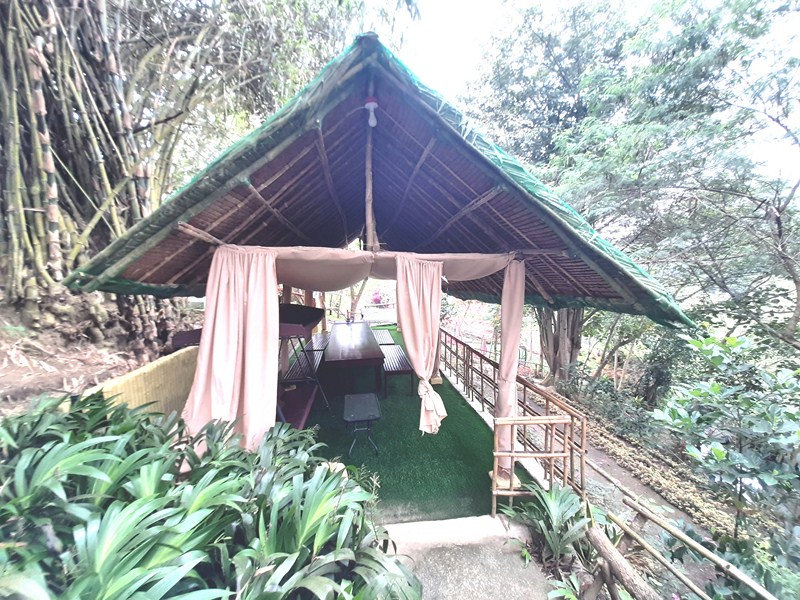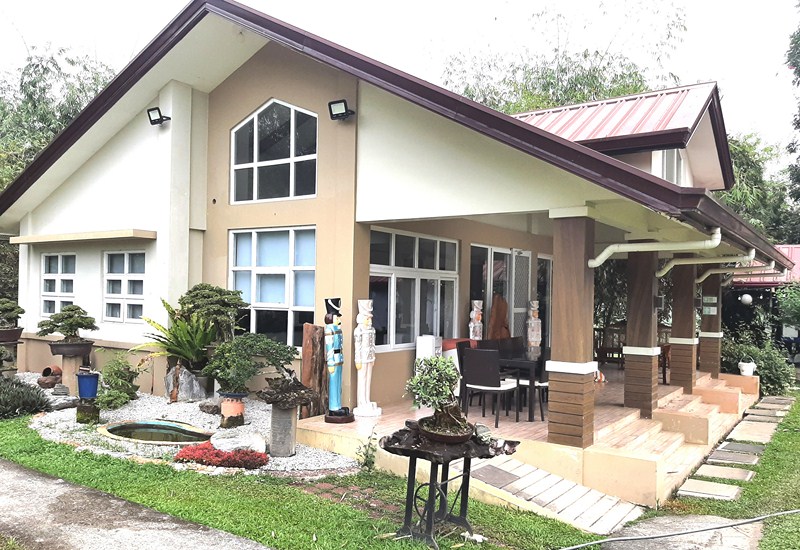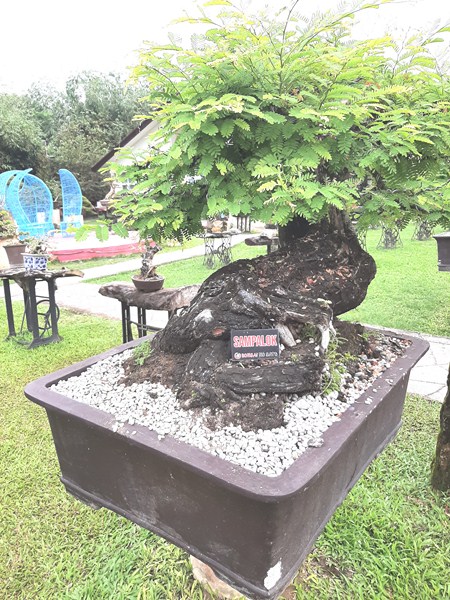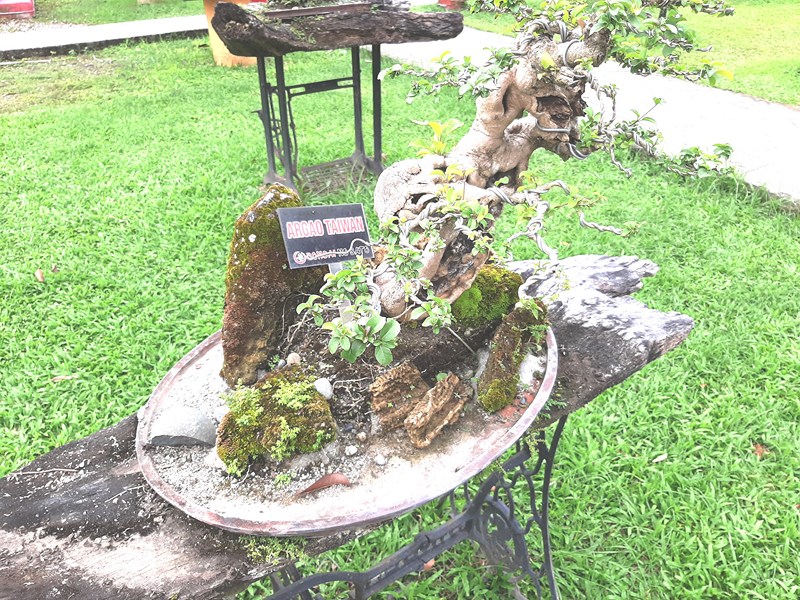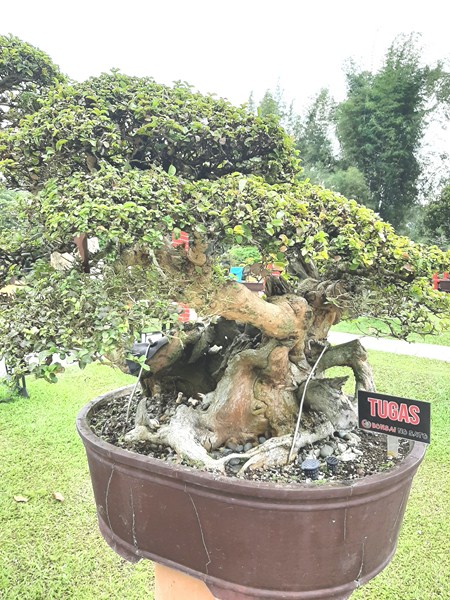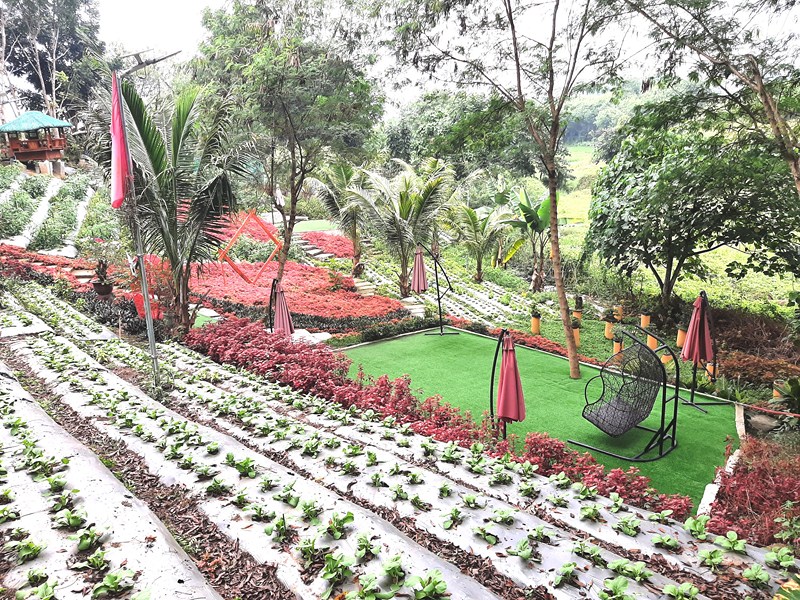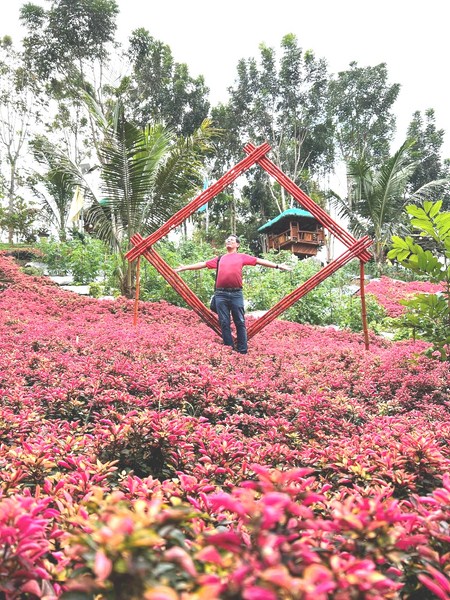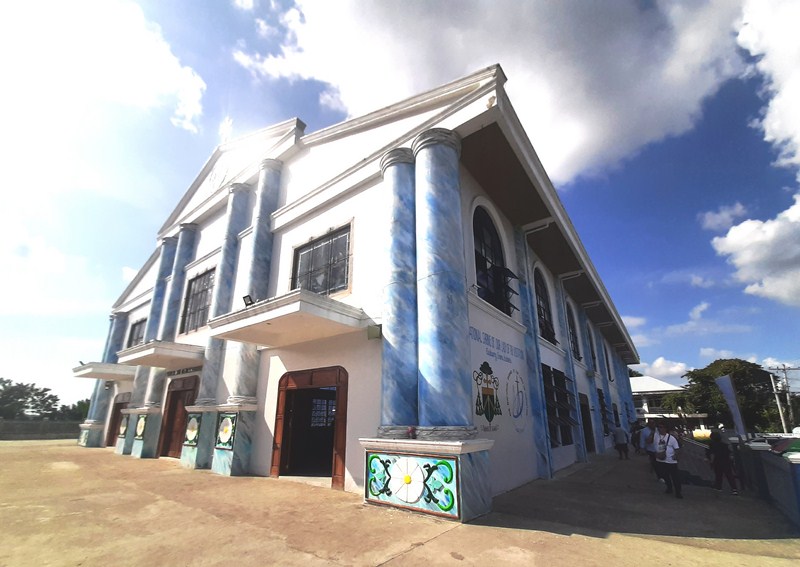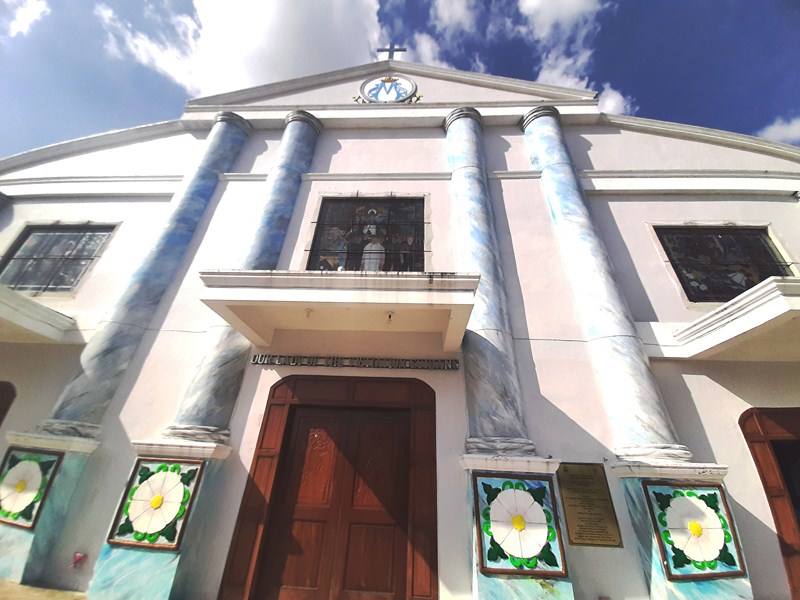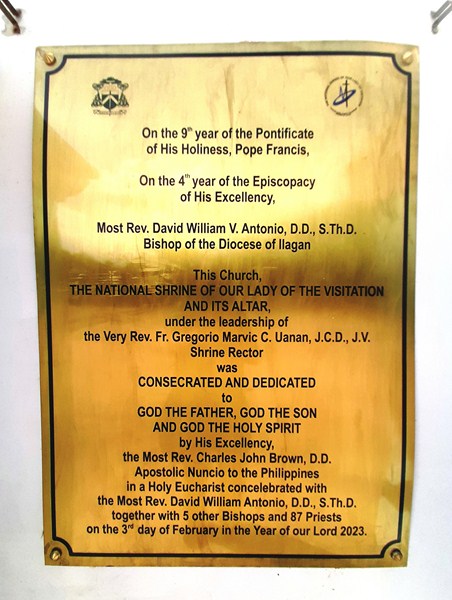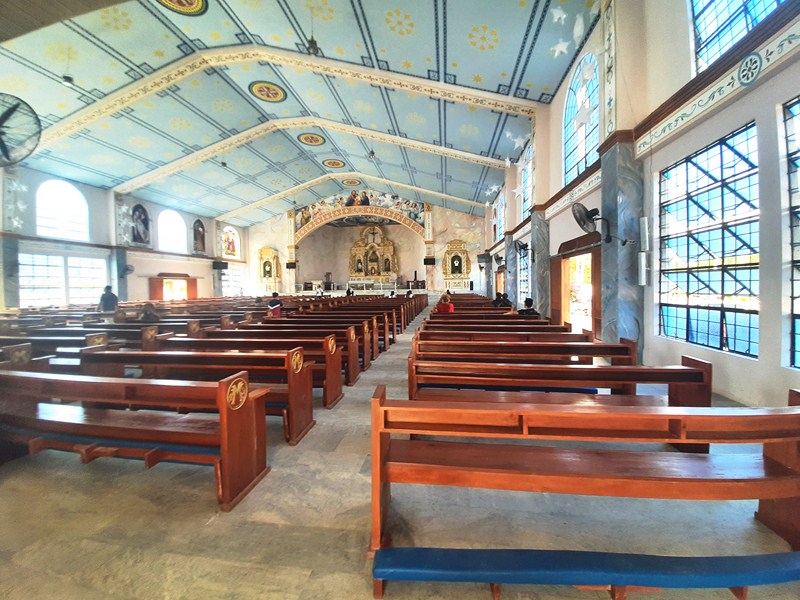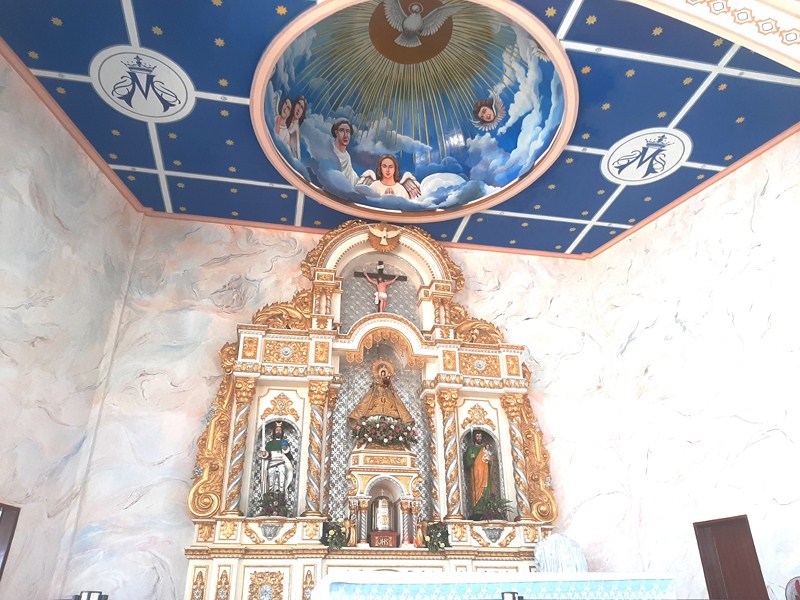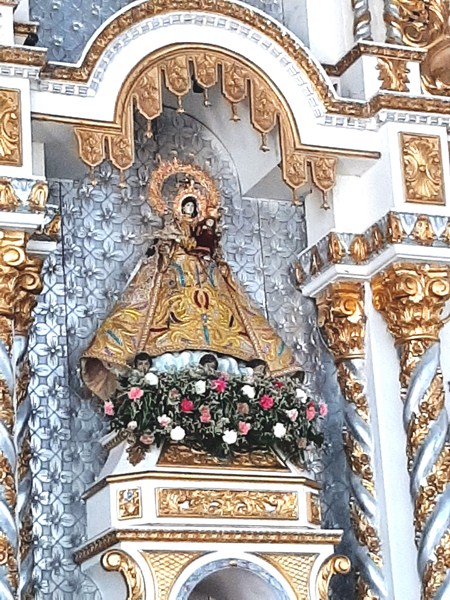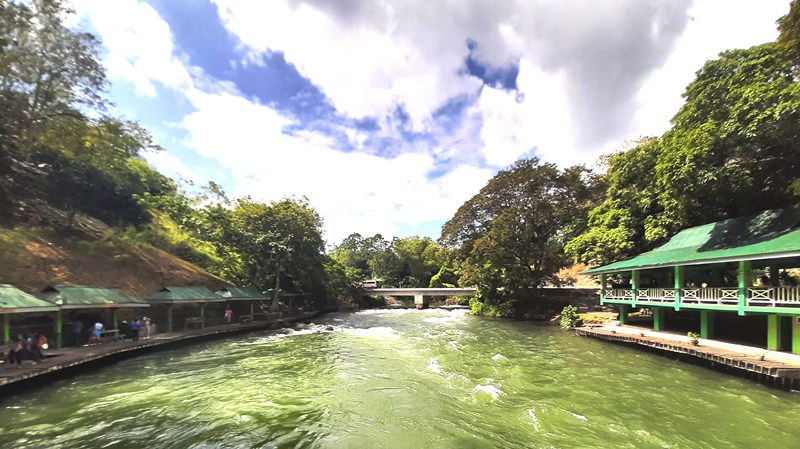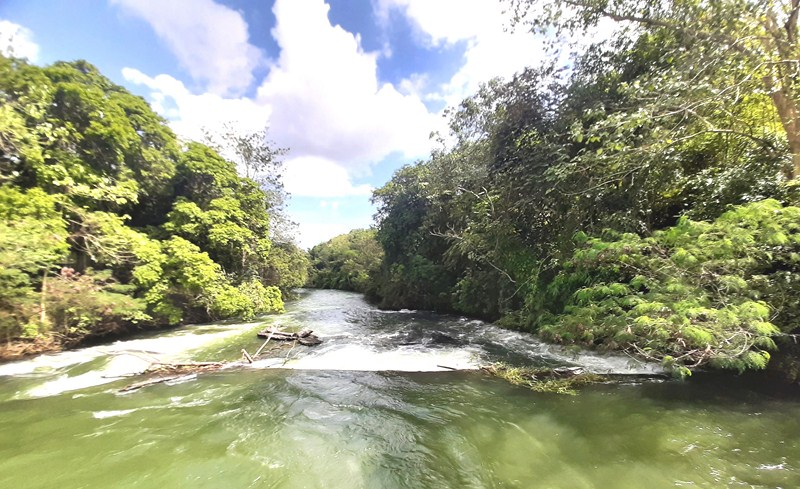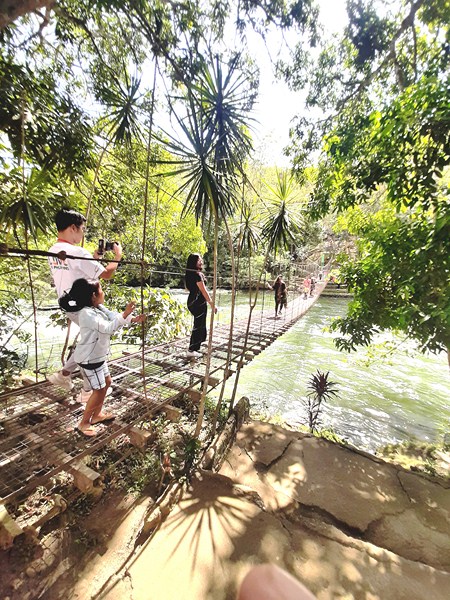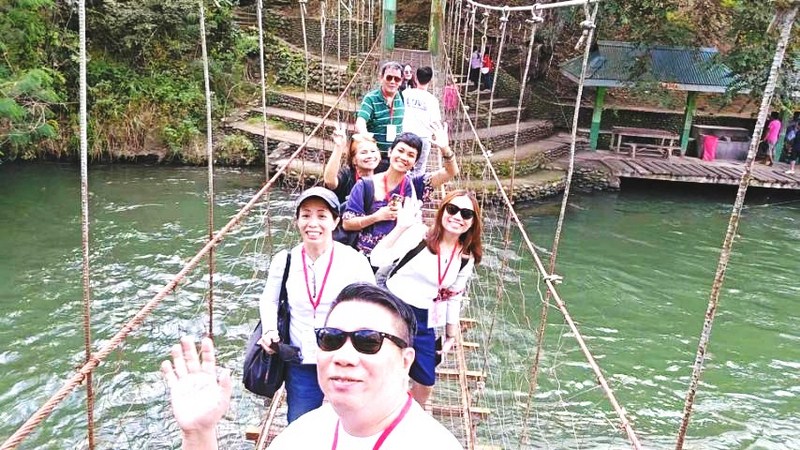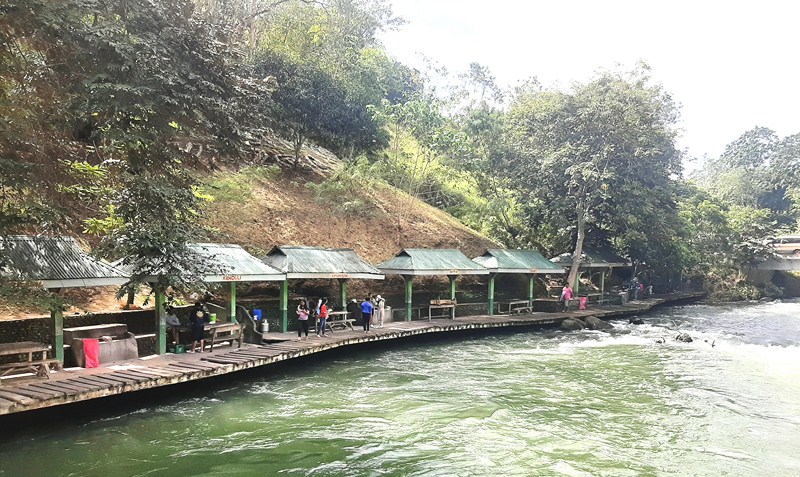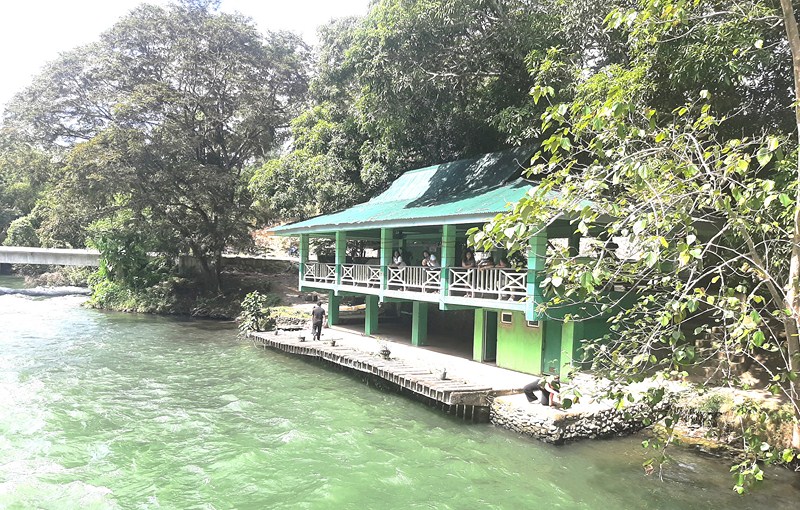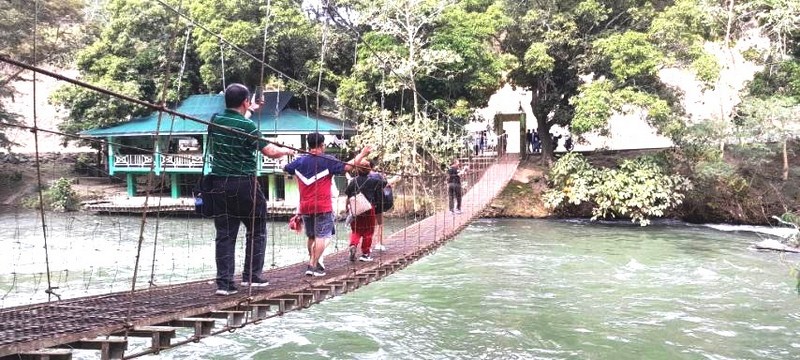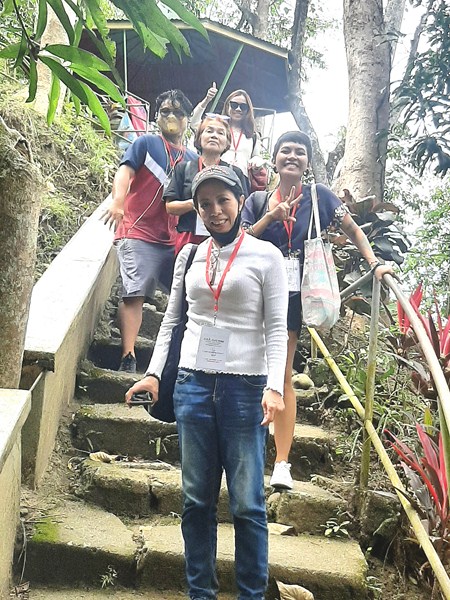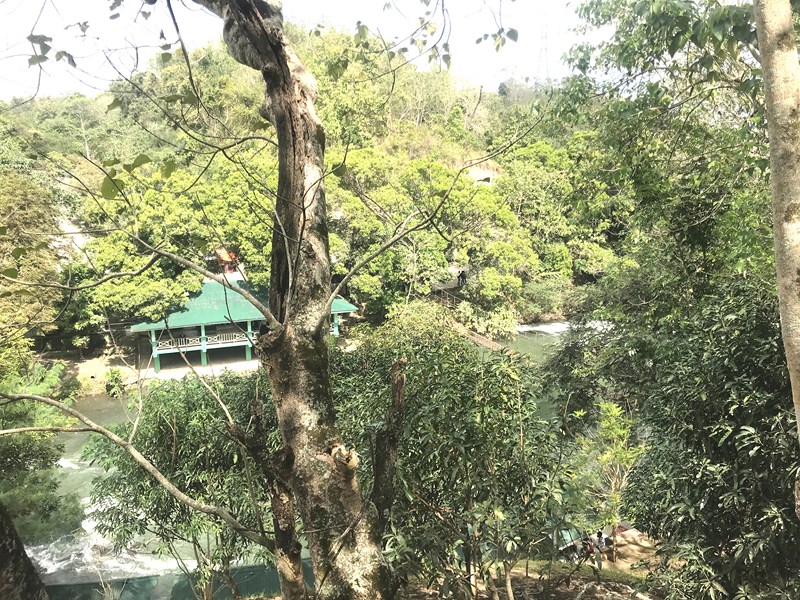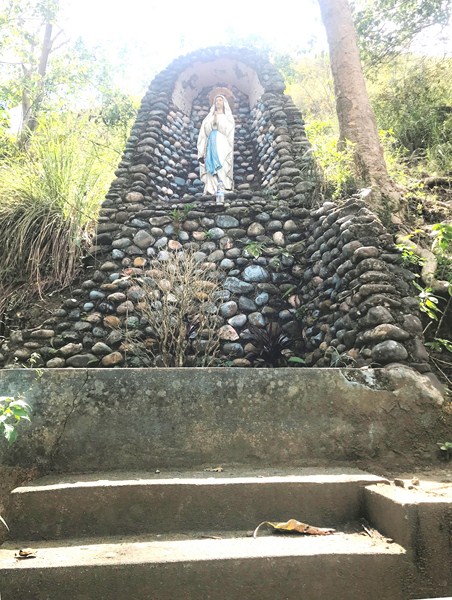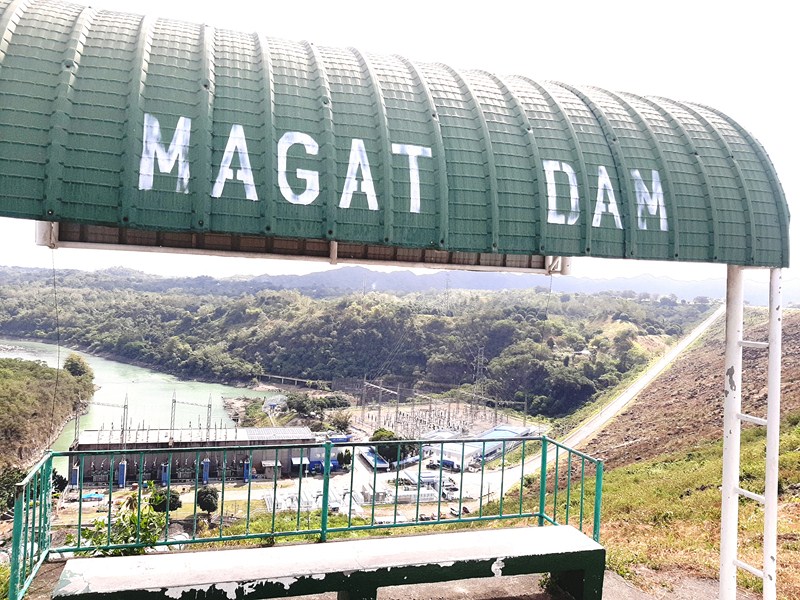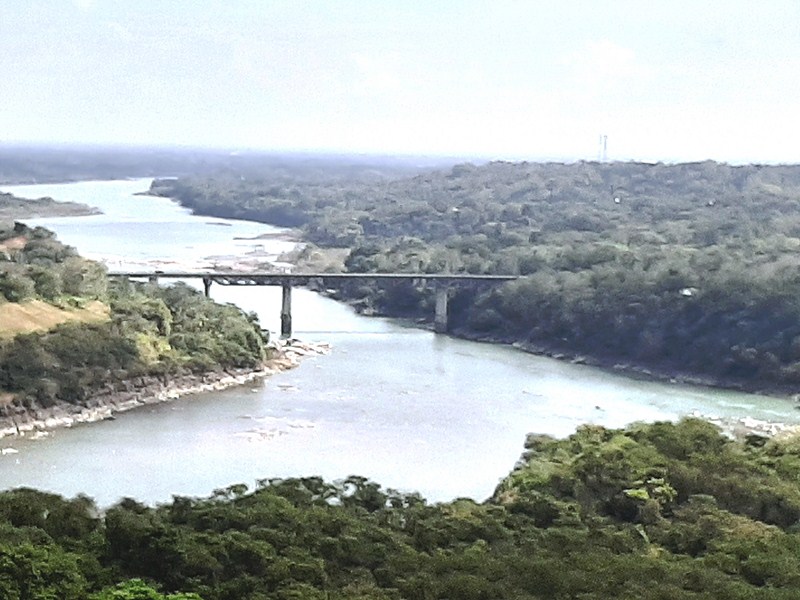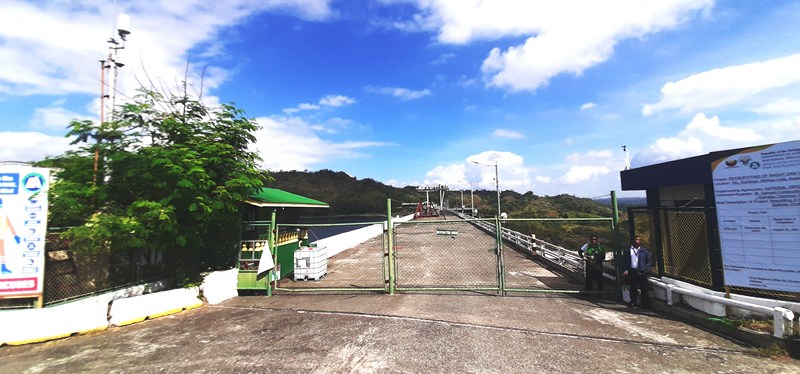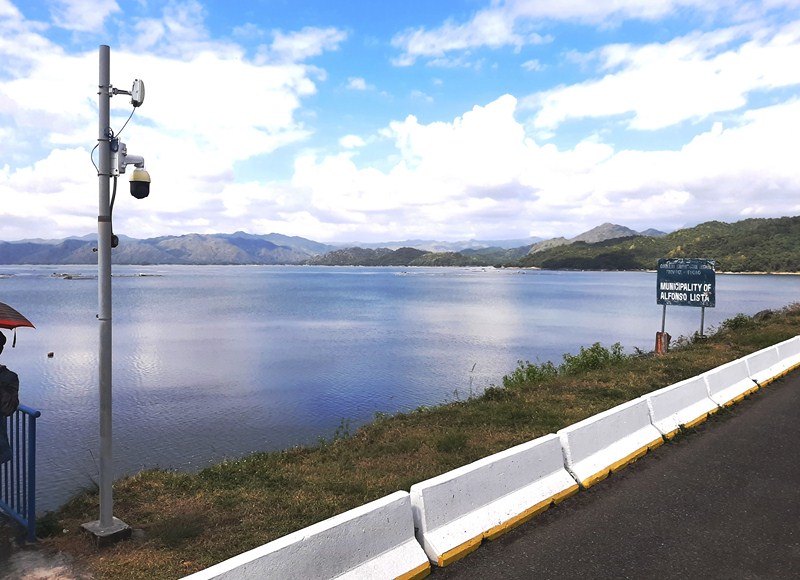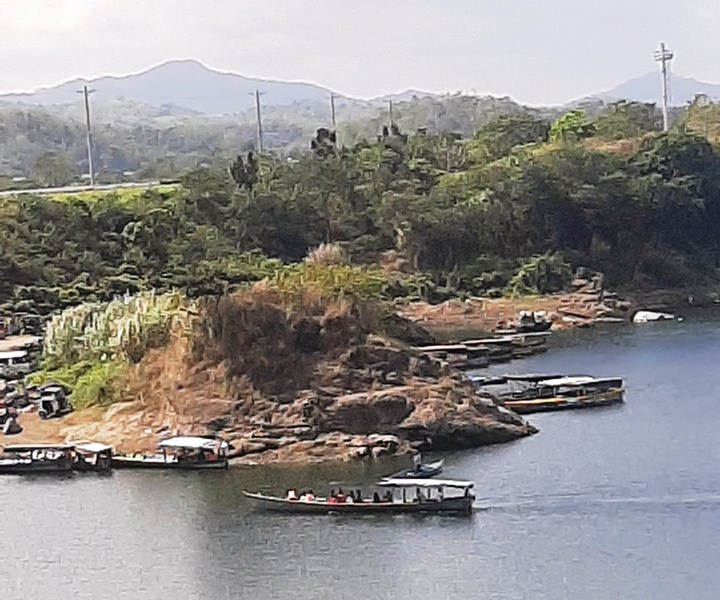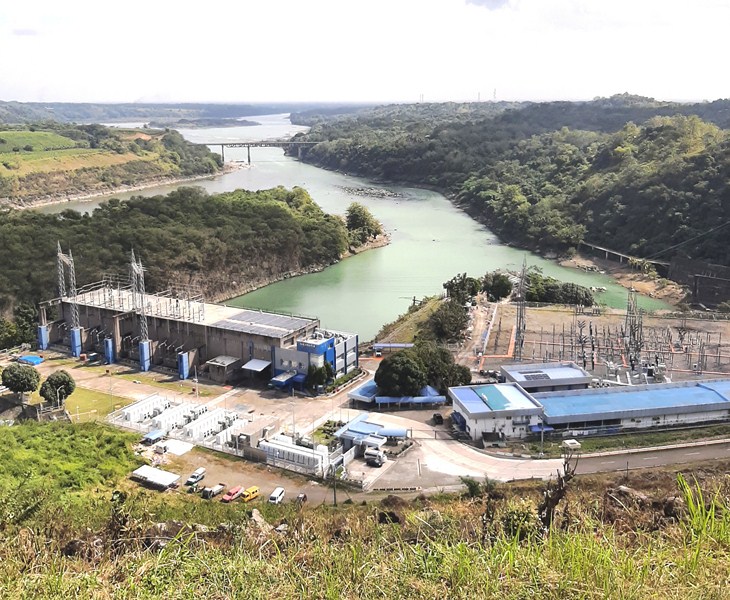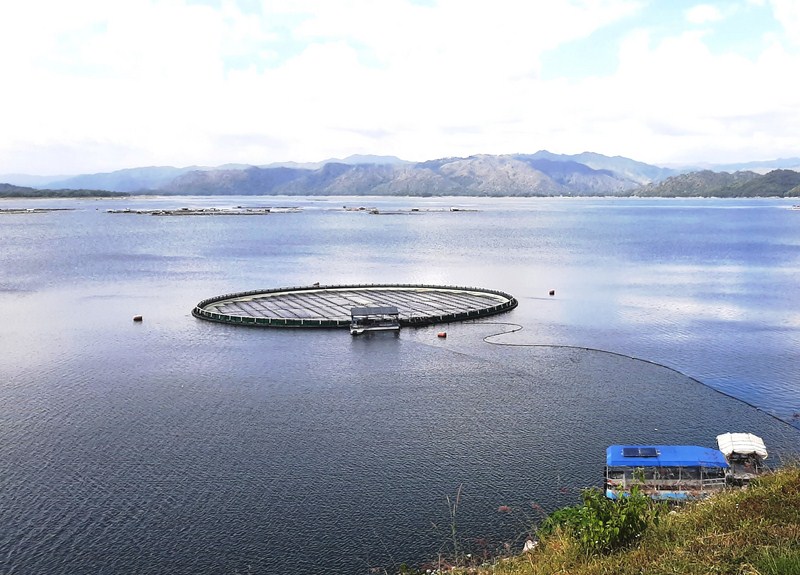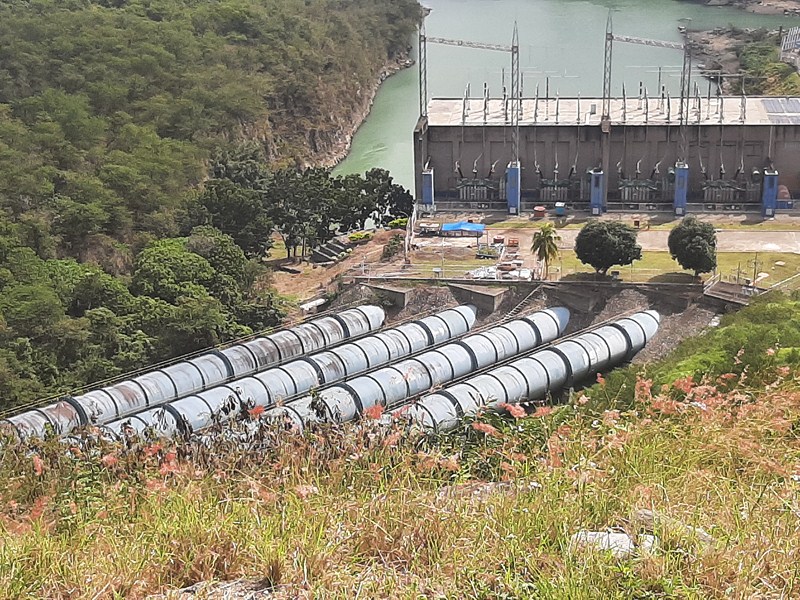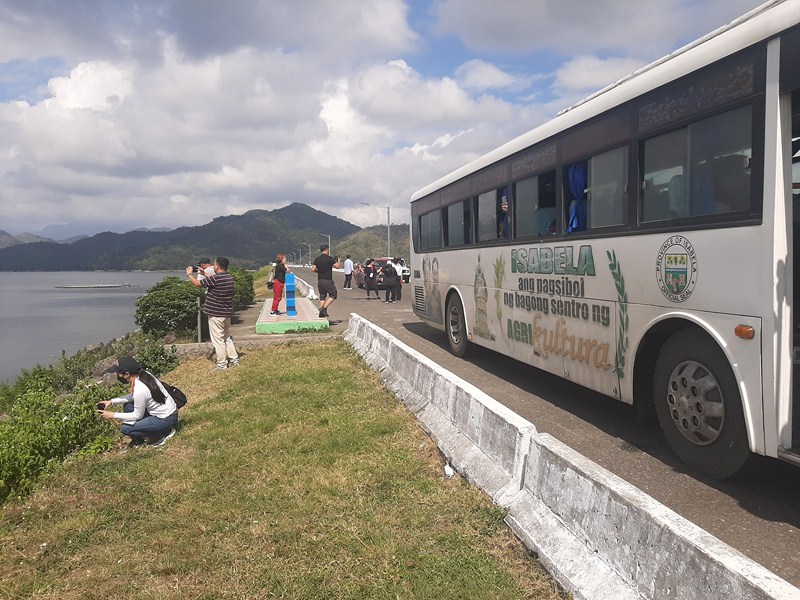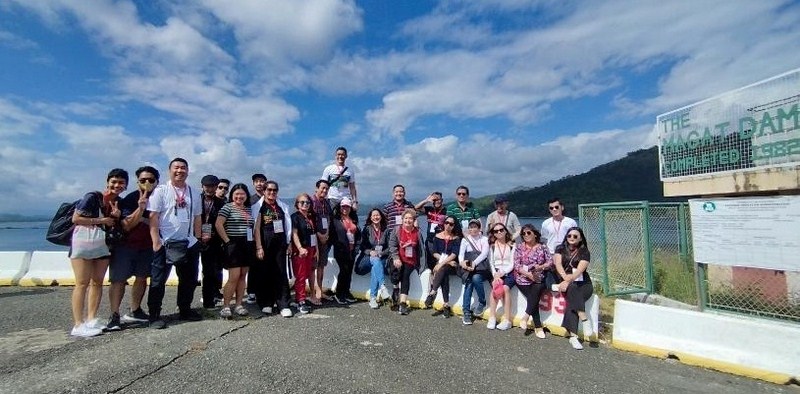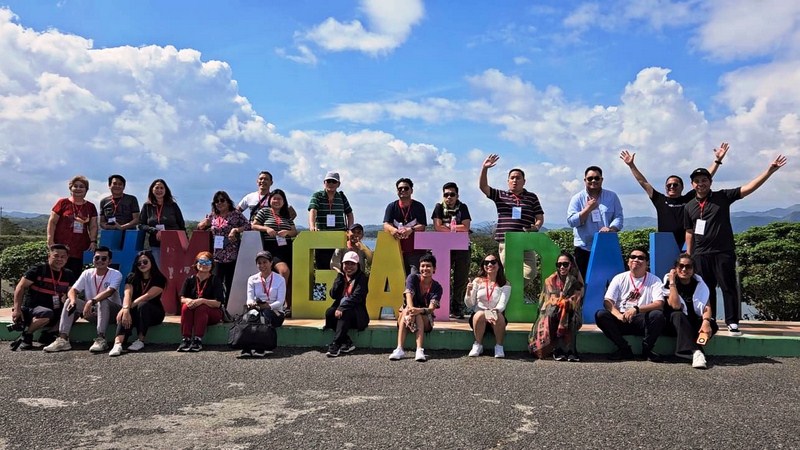The Landbank-financed City of Ilagan Medical Center (CIMC), an enhanced 100-bed capacity hospital with a 2-level classification, is operated by the City Government of Ilagan and has been integral to the health of Ilagueños. Due to its geographical location, it also caters to patients from neighboring towns and cities.
Serving Ilagueños at the western part of the city, the construction of the City of Ilagan Medical Center started in August 2018. Initially intended to serve as a community isolation facility for Covid 19 patients, after its soft opening on April 4, 2021, when all the referral hospitals in the region have reached their 100% utilization, it accepted patients in critical condition when cases surged on March 2021. Even its aisles were filled with Covid patients. In one day alone, 780 patients suspected with Covid were admitted into the facility.
On August 11, 2021, the CIMC was formally opened by City Mayor Josemarie L. Diaz as one of the highlights during the celebration of the 9th Cityhood Anniversary of Ilagan and, on May 4, 2022, during the 336th Aggaw sa Ilagan celebration, the groundbreaking of the City of Ilagan Medical Arts Building, beside the CIMC, was held. It will house medical clinics, for consultations, and stalls for Small and Medium Enterprises (MSME). Exactly one year later, the groundbreaking of the Physical Rehabilitation and Infectious Diseases Building, also beside the CIMC, was also held.
For two years now, Mayor Diaz has been lobbying for the swift establishment of a Malasakit Center in the facility to lessen the burden of its indigent constituents, its opening and operations being dependent upon the approval of the Department of Health (DOH) which is the lead implementing agency. Currently, doctor’s fees at the CIMC is being shouldered by the city government, with laboratory fees, medicine, among others, are paid for by patients.
The CIMC hospital is the first health facility in the Cagayan Valley Region to received a triple International Standardization Organization (ISO) Certification – Quality Management System, Environmental Management System and Occupational Health and Management System.
Now equipped with state-of-the-art medical facilities and equipment, it now provides advanced medical services such as:
- Emergency Services
- In-Patient Services
- General Pedia Services
- General Obstetrics and Gynecologic Services
- General Surgical (Major and Minor) Services
- Reconstructive Surgery
- Dental Services
- Endoscopy
- Radiology
- Hemodialysis.Unit Service
- Laboratory and Microbiology Services
- Pharmacy Services (24-Hour)
- Dietary and Nutrition Service
- Medical Social Services
- Ambulance Conduction
- Health Education and Promotion and Disease Prevention
- Out-Patient Department Services
- General Surgery -Consultation and Minor Surgery
- Ophthalmology – Consultation
- OLR-HNS – Consultation
- General Medicine – Consultation
- General OB-Gne – Consultation
- OB-Pre-Natal and Post-Natal – Consultation
- Pediatric – Consultation
- Pedia Cardio
- Pedia Pulmo
- General Dentistry
It also has an intensive care unit, psychiatric unit, physical medicine and rehabilitation center and a blood bank.
The CIMC currently has 136 doctors, including neurologists, cardiologists, gastro encologists and infectious control specialists. Its current hospital director is Dr. Herbie M. Barrios.
City of Ilagan Medical Center: Delfin Albano-Mallig Rd., Brgy. Lullutan, 3300 City of Ilagan Isabela. Mobile number: (0999) 993-2534 and (0939) 984-0708. E-mail: cimc_admin@cityofilagan.gov.ph.
Isabela Provincial Information Office: Provincial Capitol Complex, City of Ilagan, Isabela. Tel: (078) 323-0248. Mobile number: (0927) 395-7555. E-mail: letters_info@yahoo.com.
How to Get There: The City of Ilagan is located 429.3 kms. (an 8-hour drive) from Manila and 35.5 kms. (a 1-hour drive) from Cauayan City.

